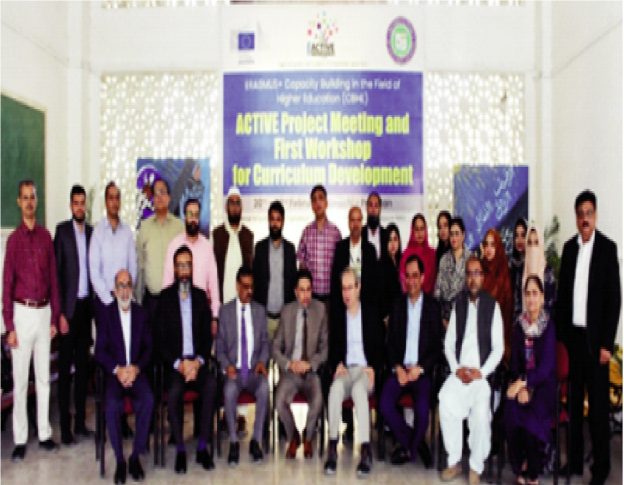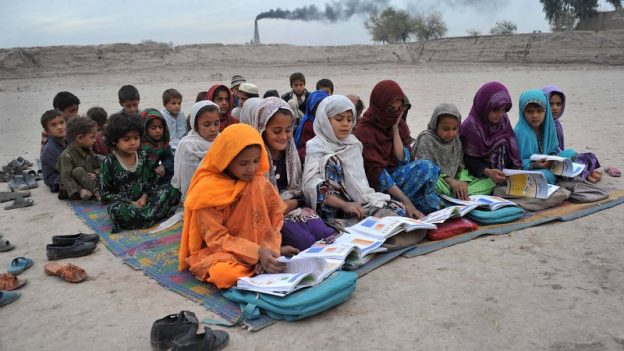The Federation of Pakistan Chambers of Commerce and Industry has stressed the need for serious structural reforms, with a keen focus on value-addition for sustainable economic growth, recommending the government to raise exports to double-digit of the GDP till the end of its term, as Pakistan’s exports have bounced back after witnessing a decline in last four months. The country’s exports have fetched $1.99 billion in July 2020, witnessing 5.8 percent growth in dollar terms.
FPCCI President Mian Anjum Nisar said that consistent borrowing by developing economies to shore up its reserves in desperate times is only to lead towards a debt trap. He said that borrowing from friendly countries should only be seen as a short-term solution to prevent reserves depletion and consequent further depreciation of the currency.
Mian Anjum Nisar stressed that focus should be on promoting exports and restricting imports alongside making the domestic industry more competitive and subsequently expand its export market.
He said that exports of goods and services are an injection into the circular flow of income leading to a rise in aggregate demand and an expansion of output, helping raise per capita incomes, and reduce extreme poverty especially in developing economies like Pakistan.
He said that world trade has not still come out of the dip in the wake of the lingering corona pandemic, as exports of regional countries including India and Bangladesh registered a decline but Pakistan’s exports bounced back, reporting around 5 percent growth in July 2020 compared with regional players. The exports went up in July 2020 after registering continued decline pre and post COVID-19 pandemic.
Regarding market diversification, Mian Anjum Nisar pointed out that not much progress has been shown in this regard, as the exports still seem to be heavily dependent on traditional export markets. He underlined the need for evaluating geographical diversification to re-align the focus towards new opportunities. The government agencies will have to extend all kinds of necessary support to the exporters to achieve the targets, not only in terms of numbers but also with regards to intended policy outcomes.
Mian Anjum Nisar observed that the World Bank, IMF, and donor agencies should be considered as a stop-gap arrangement, which may have forced excessive devaluation, steep monetary tightening, cut in development, and defense expenditures. Loans simply serve to bridge the gap until the effects of the reforms take effect. The problem occurs if the country takes loans but fails to reform, he added.
While talking about tax policy, he maintained that the existing tax system is heavily skewed toward indirect taxation and a direct tax can certainly improve tax collection in some instances.
FPCCI president said the sustainable solution to Pakistan’s problems lies in the structural reforms, as we can see very large inefficiencies in tax collection. So, the tax compliance must be improved and the tax base is broadened. This cannot be achieved with a single policy change, but by a systemic approach, he added. He observed the government preferred direct taxation to meet revenue shortfall as opposed to resorting to increasing indirect taxes because direct taxes tend to be more progressive in nature, therefore, the burden on the lower-income strata of the population is lesser.
Mian Anjum Nisar emphasized that concentrating on import substitution is imperative to narrow import bills and certain imported products such as oil are of a fixed nature, therefore, the government needs to enhance focus on import substitution industries, as chemicals, agriculture, and steel are potential industries.
He said that undertaking structural reforms require political will. He said that the early signs from the government are positive and exhibit zero-tolerance against corruption. He said that enacting structural reforms, such as improvements in the tax collection system, bureaucracy, and ease of doing business requires major political will and strict implementation of policies, he added.
Quoting the central bank report, the FPCCI President said the current account deficit contracted to a six-year low, foreign exchange reserves increased, primary budget recorded a surplus, and core inflation eased. Importantly, export-based manufacturing showed signs of traction and construction activities picked up, indicating that the economy was on the path of recovery. However, further improvements need serious structural reforms to put the economy on a firm path of sustainable growth.
FPCCI emphasizes genuine structural reforms Taking loans, failing to reform create problem









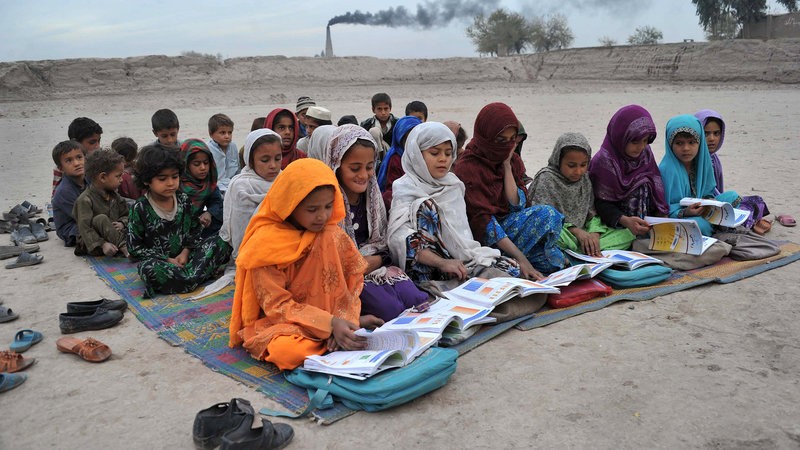


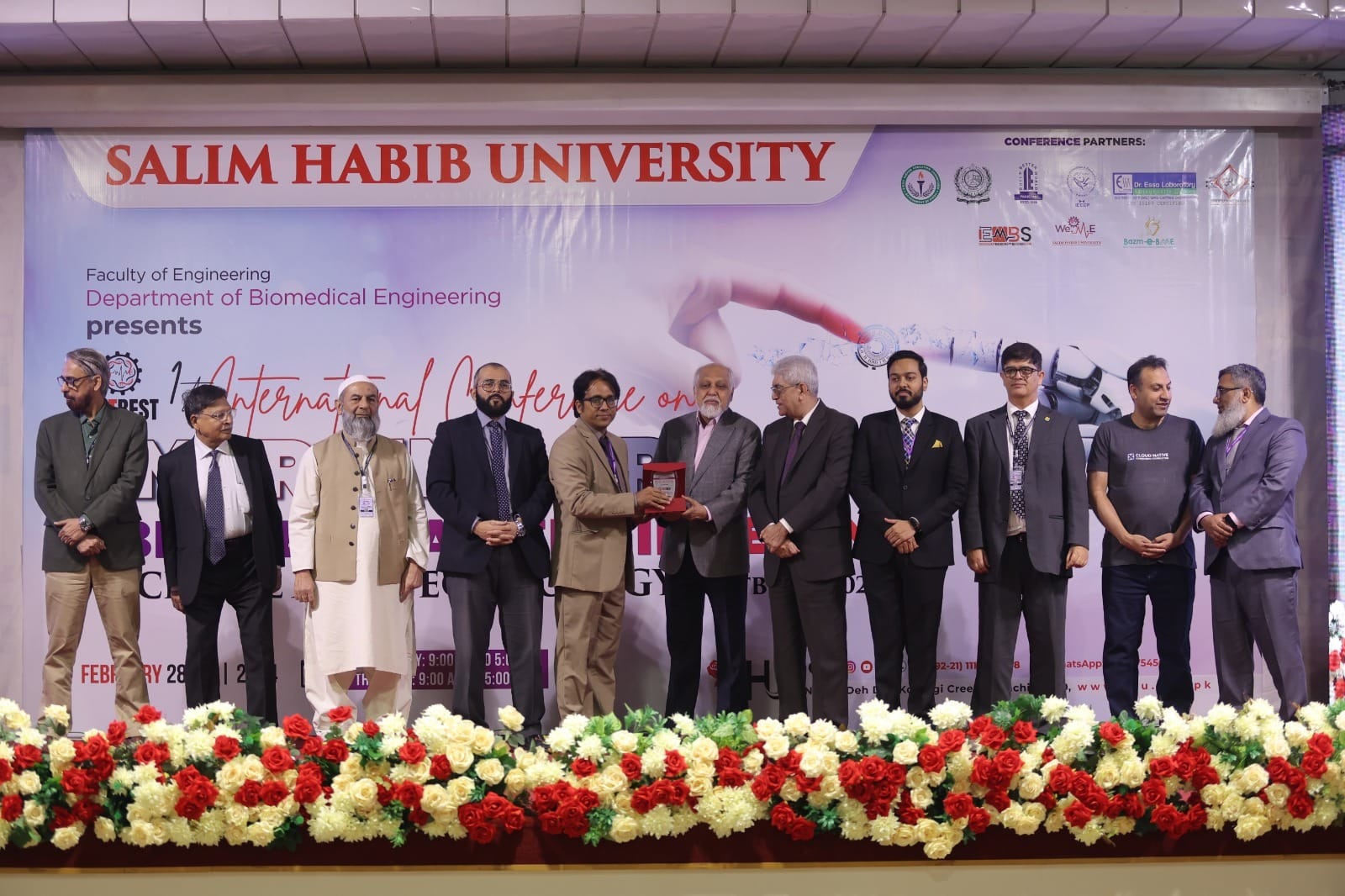
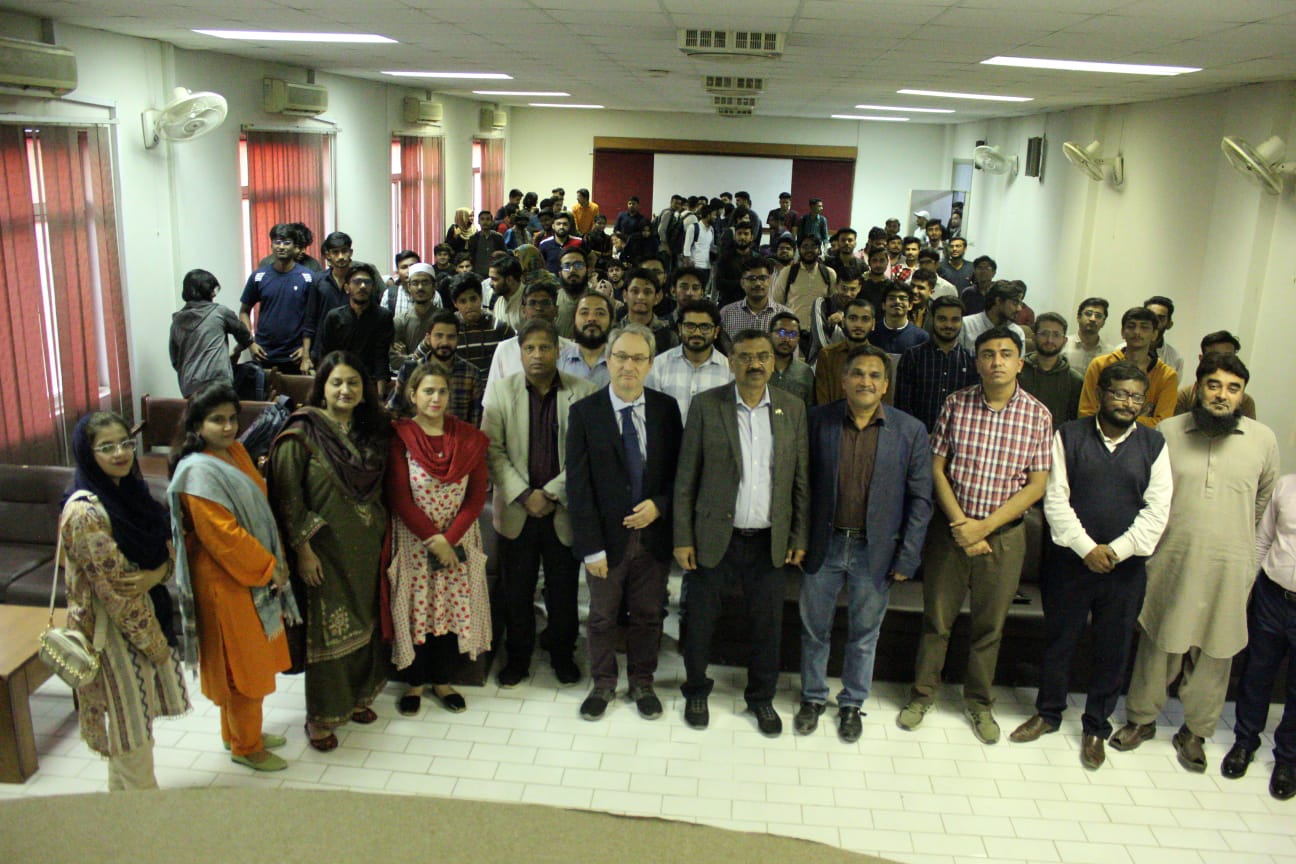

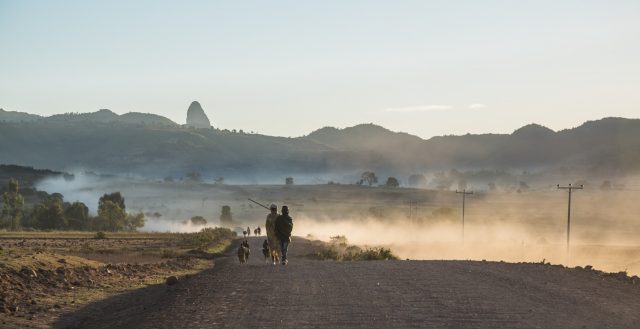

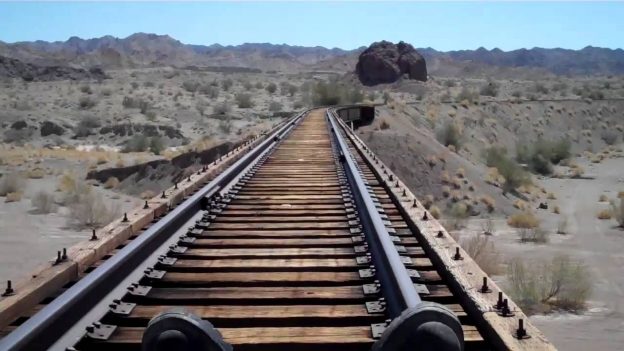
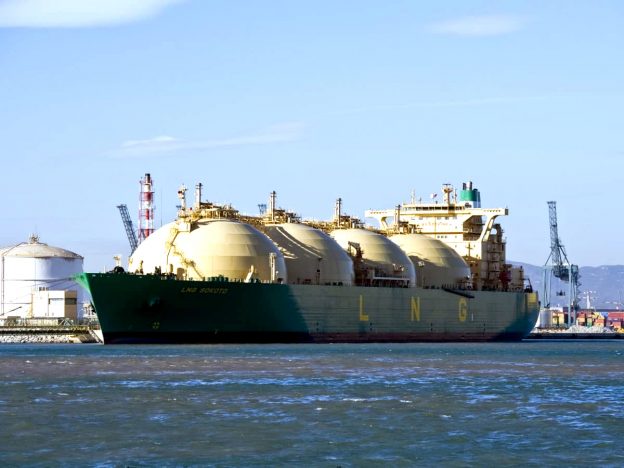
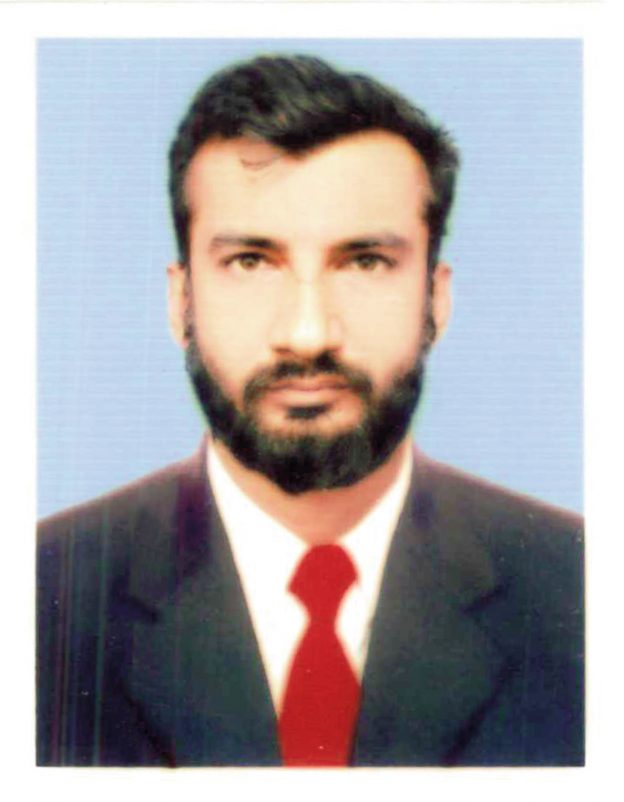
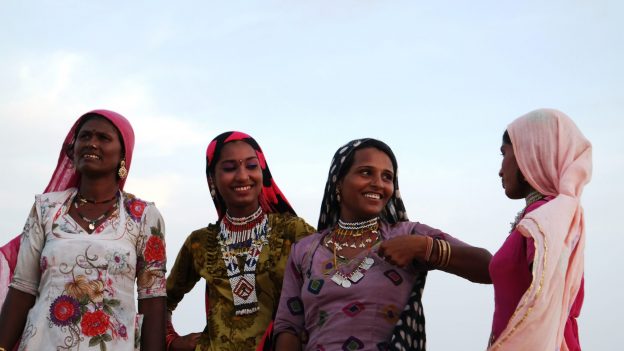
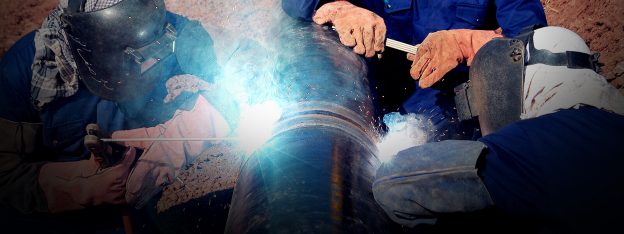

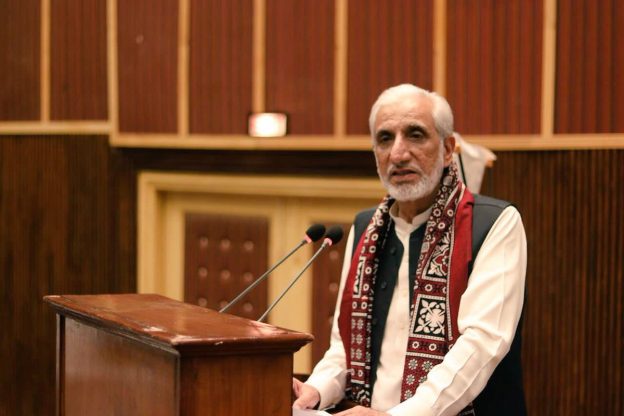

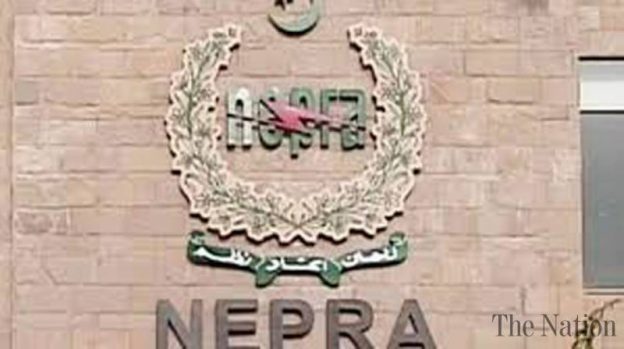
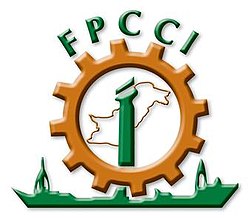

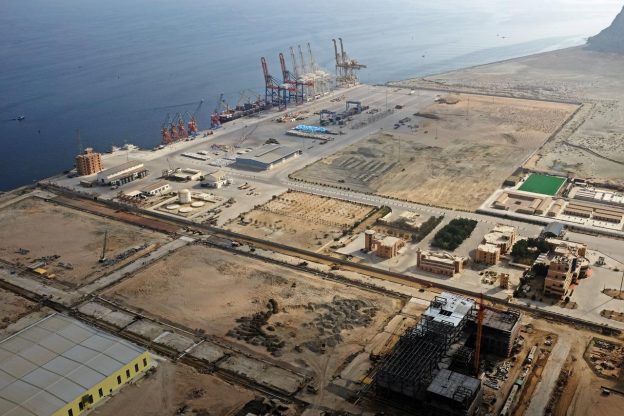
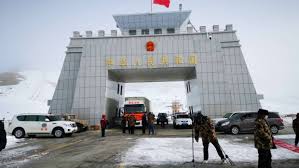
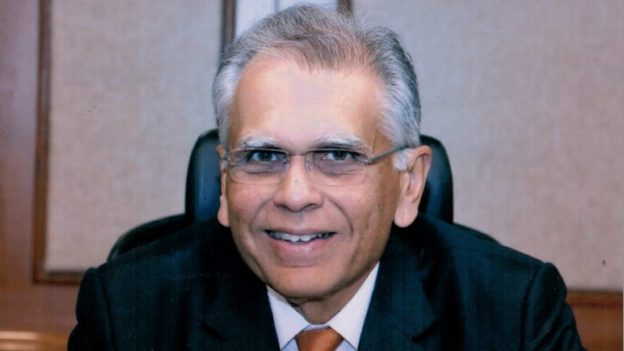
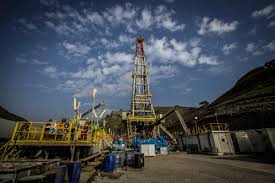




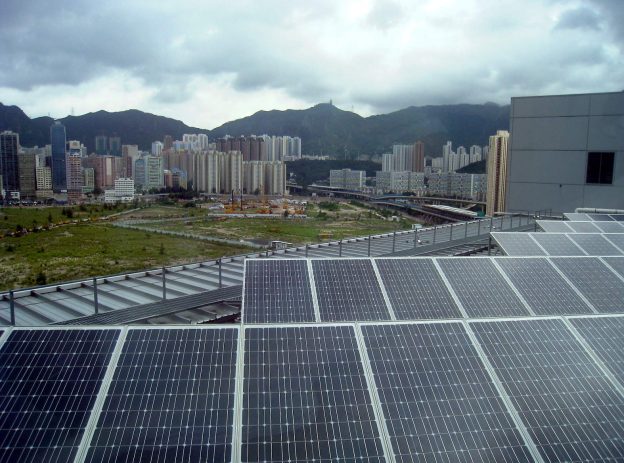

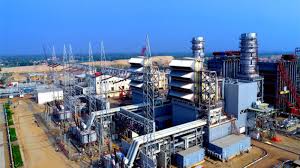
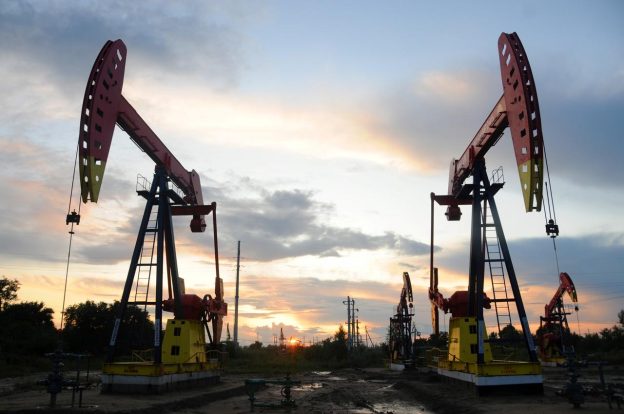
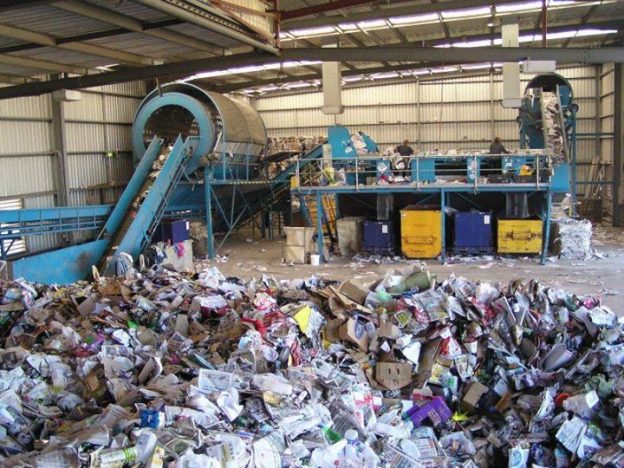


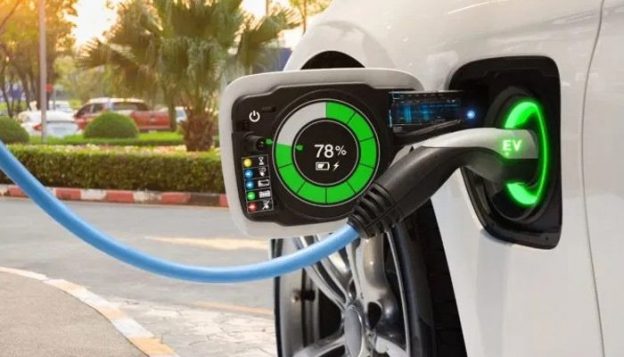


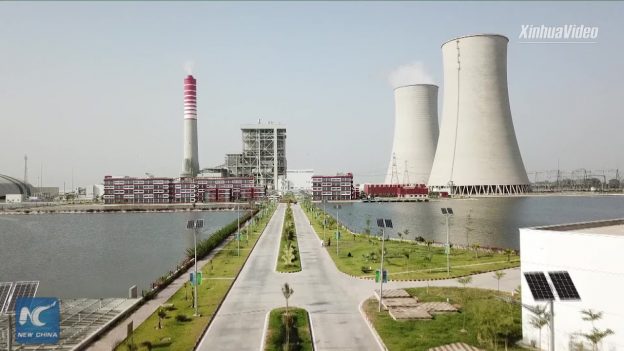
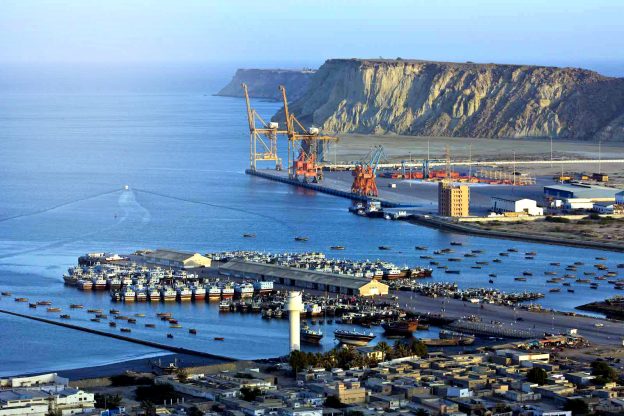
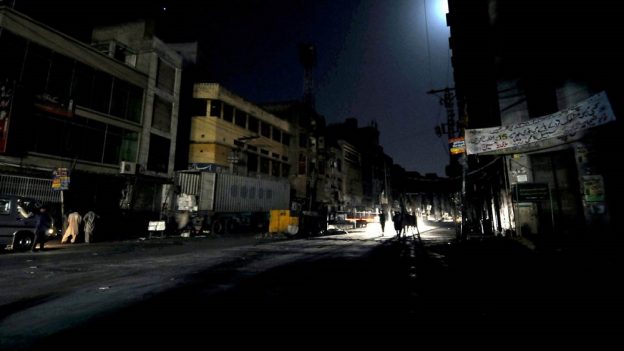


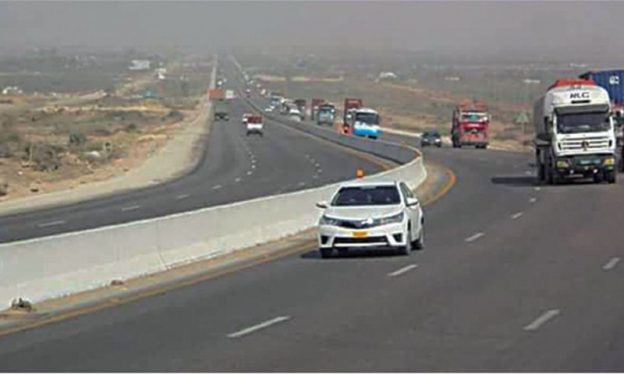

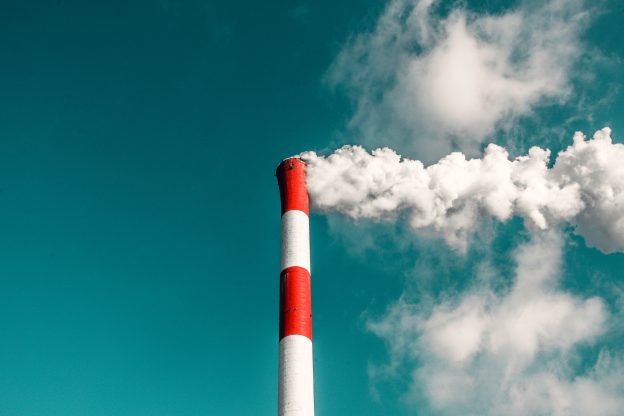
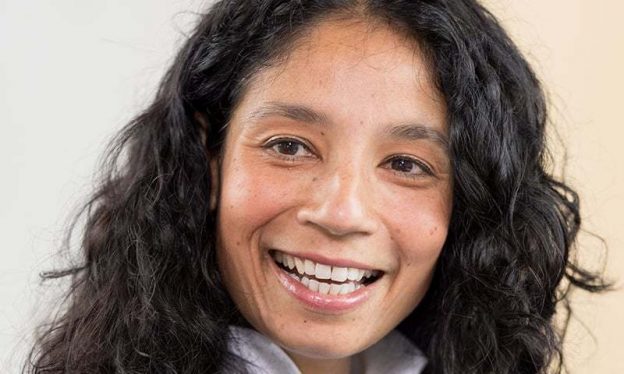
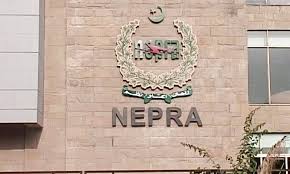
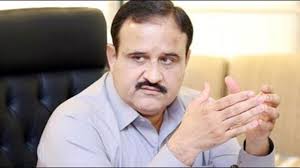

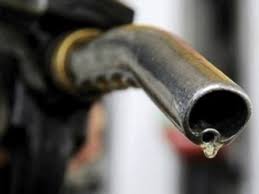

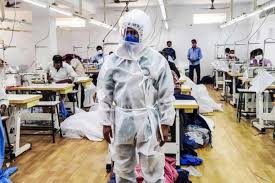
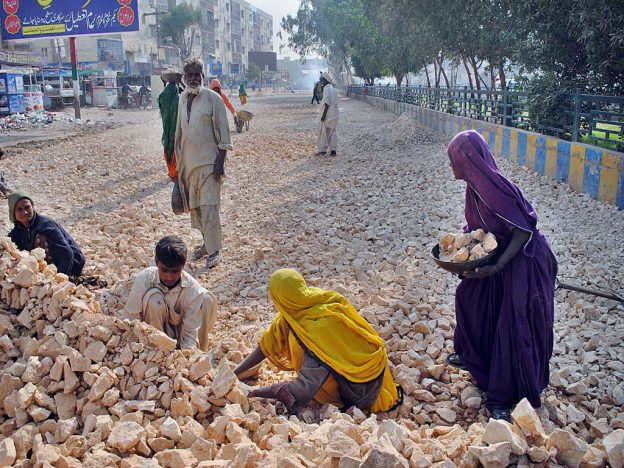


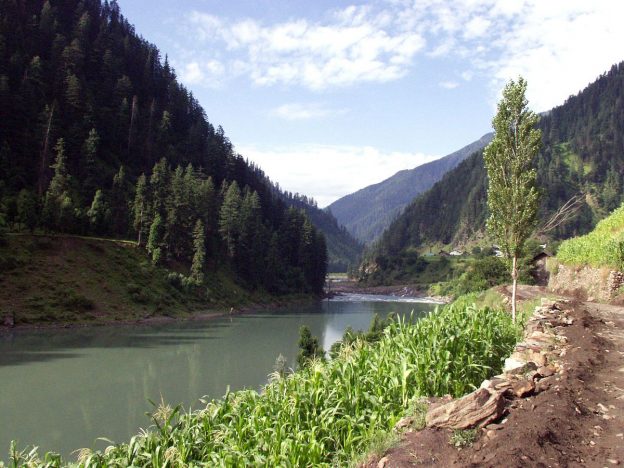
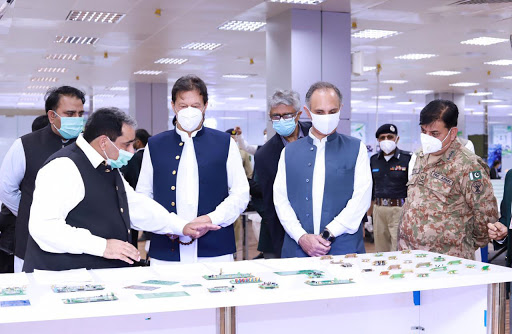






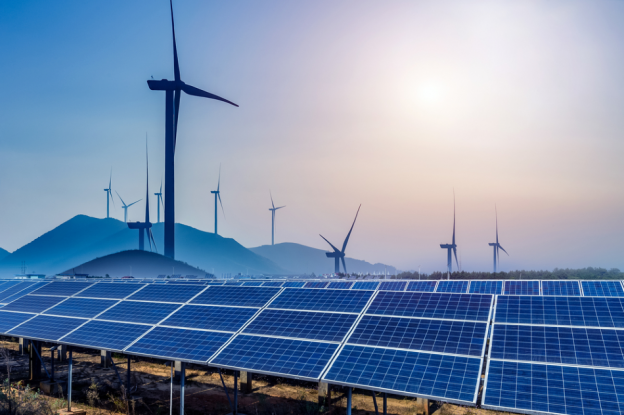
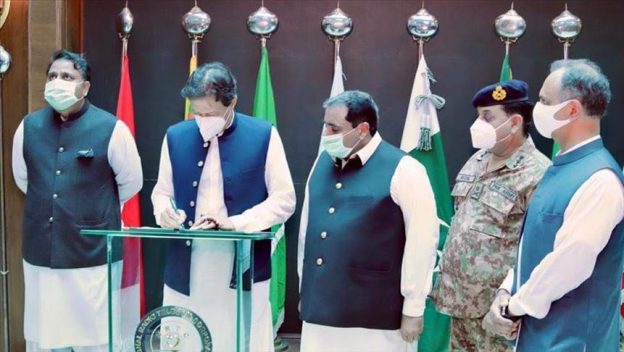
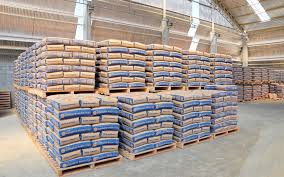



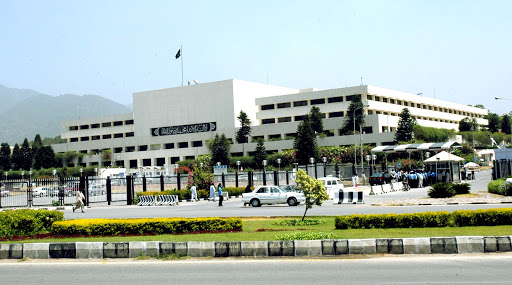
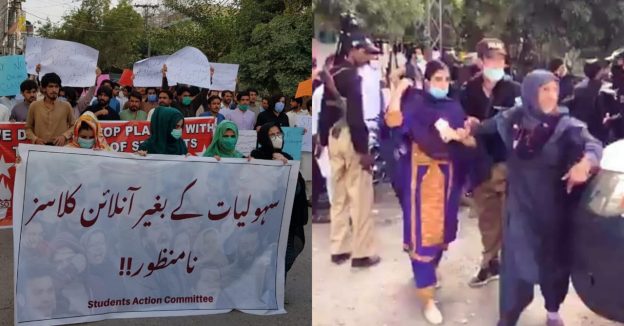
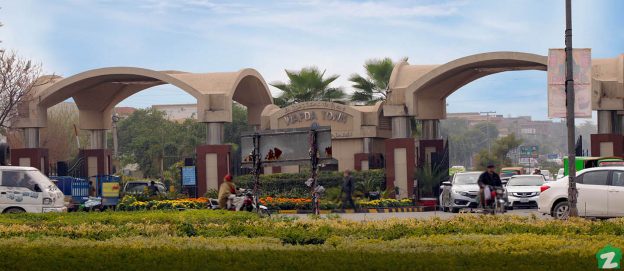
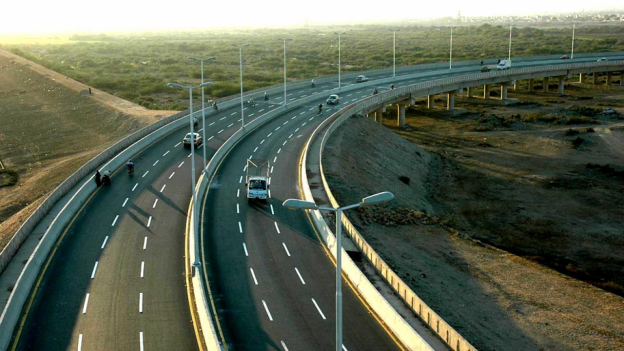

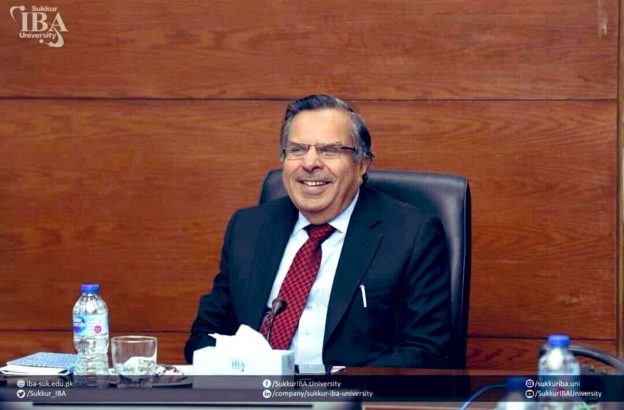



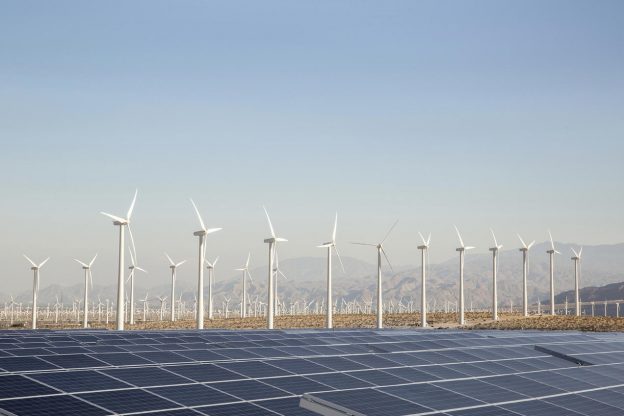



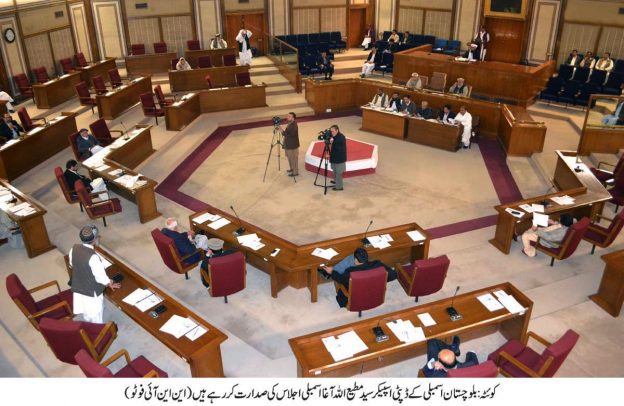
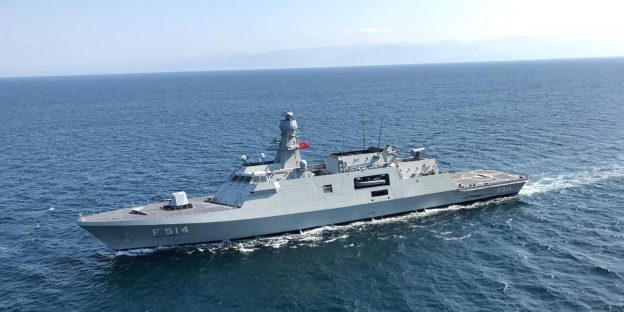
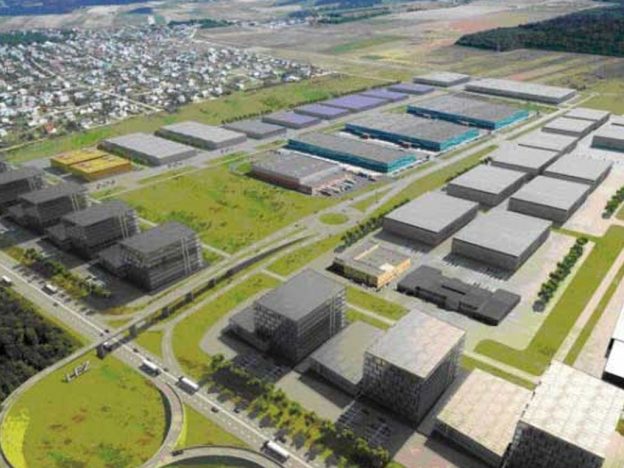
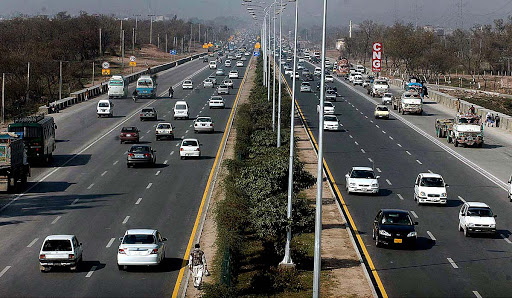
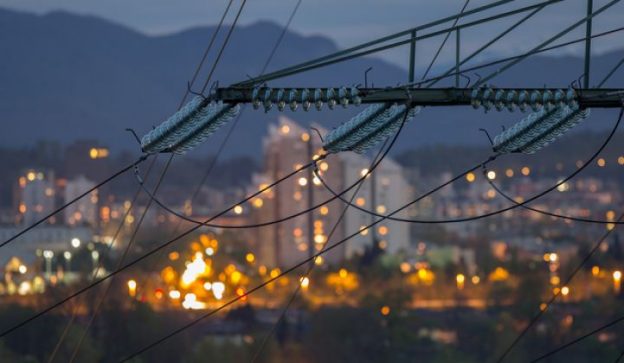
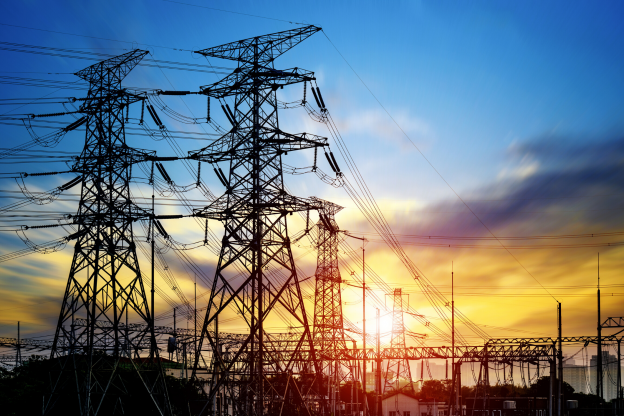
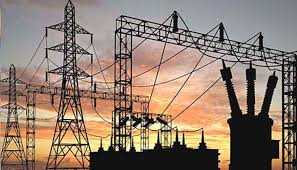
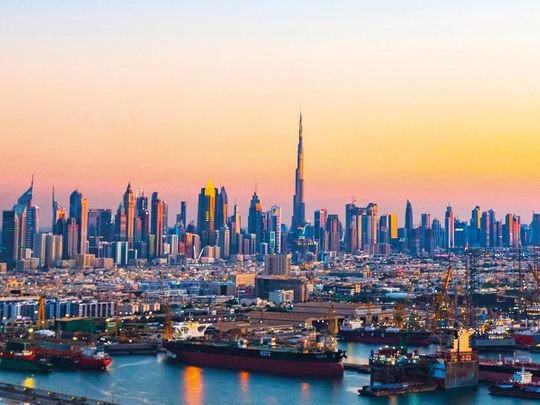
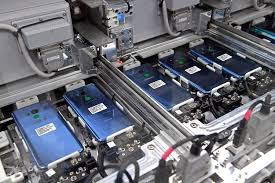


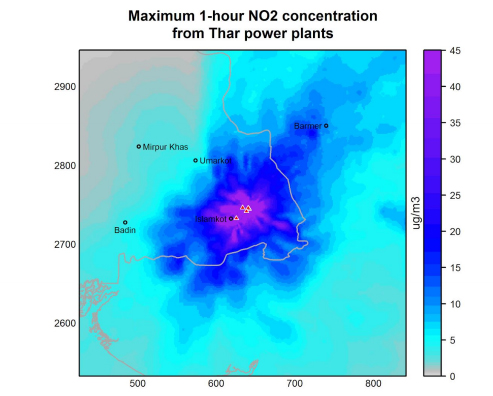
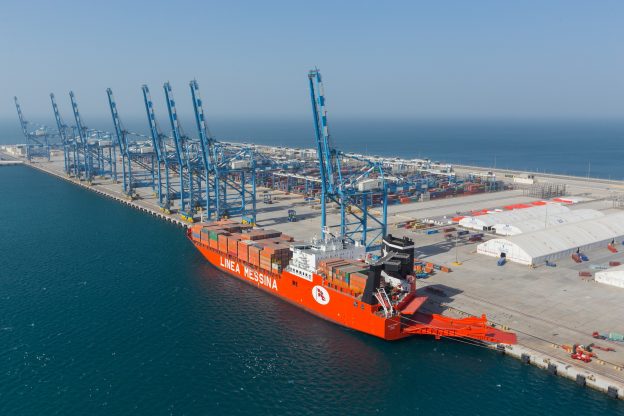
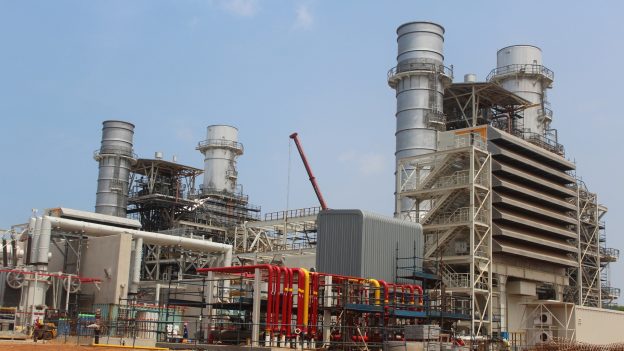
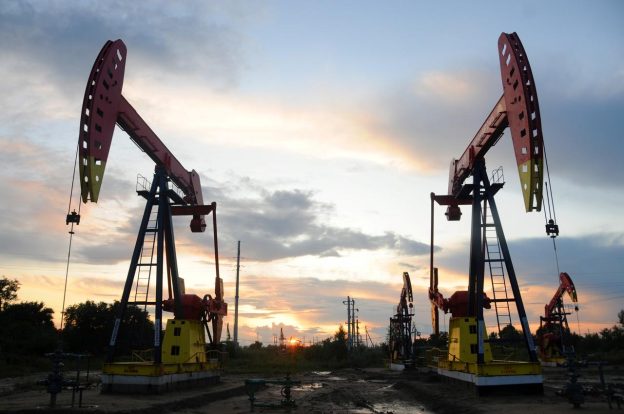

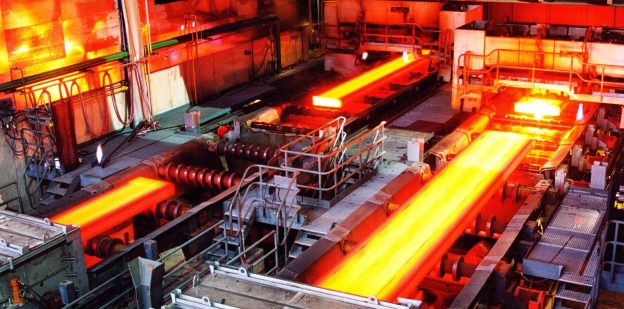
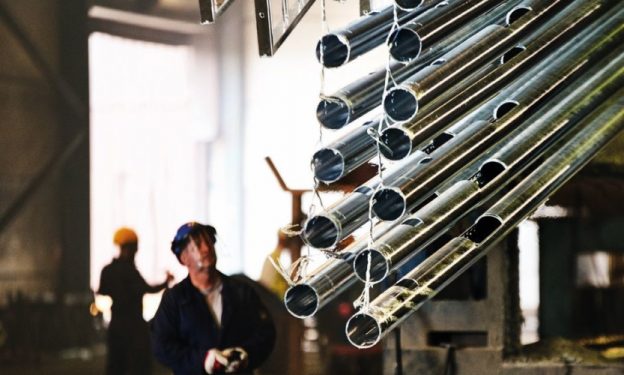
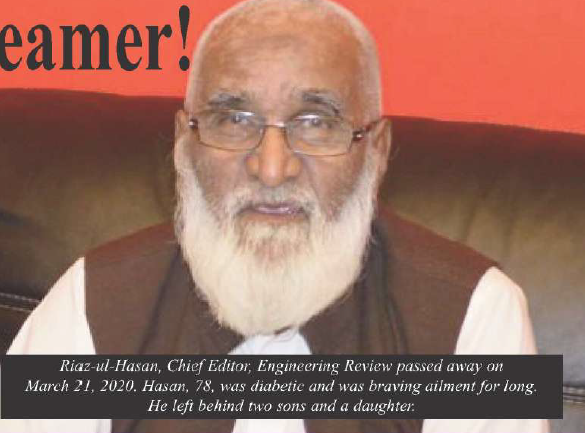
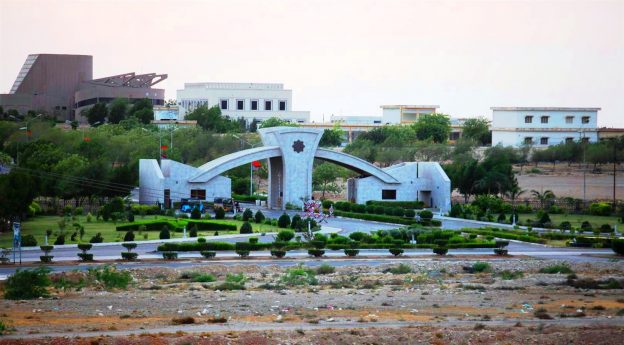










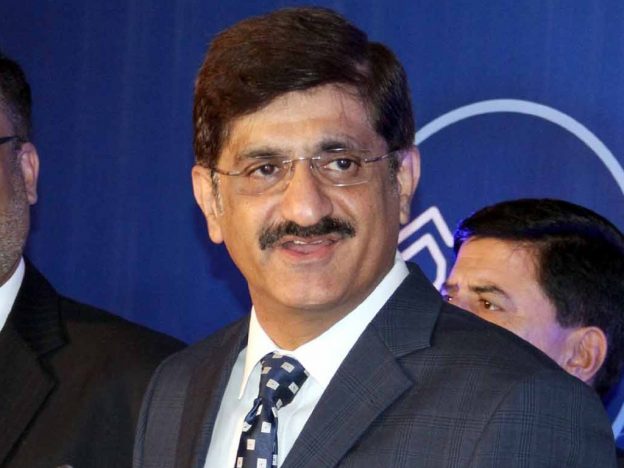
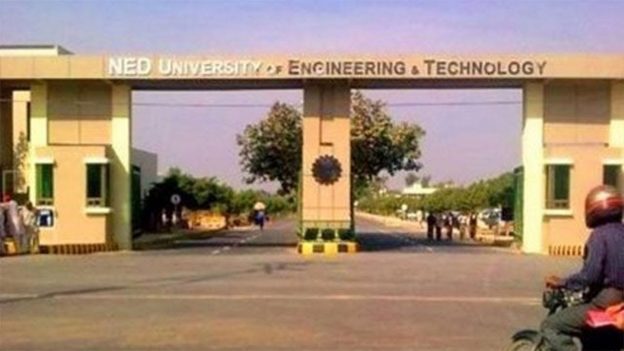
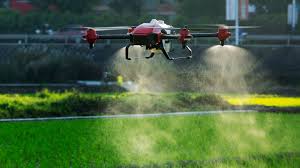


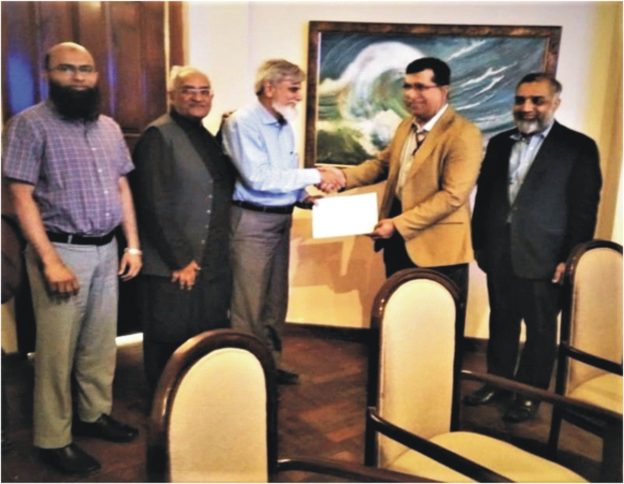

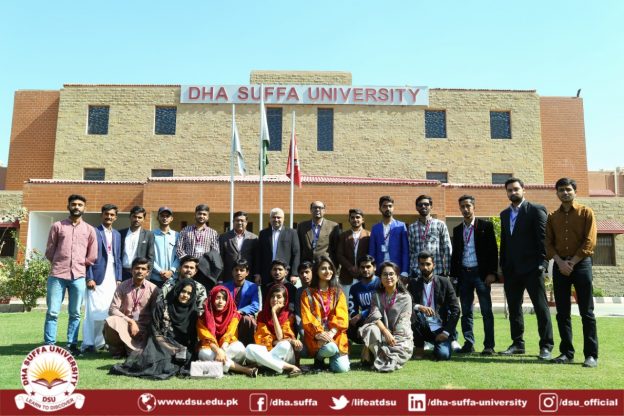
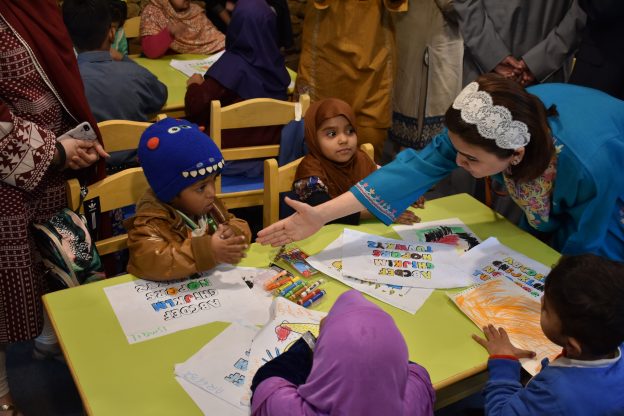
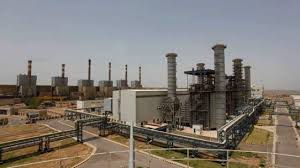

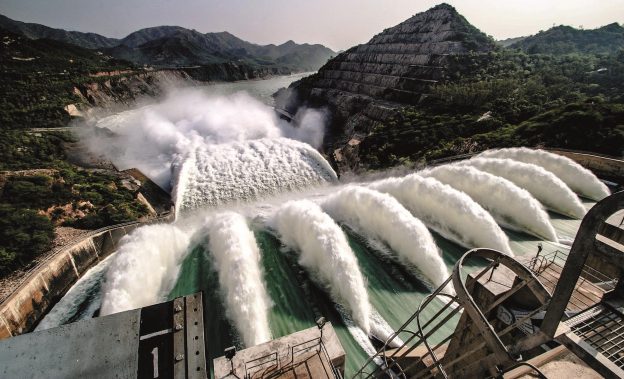
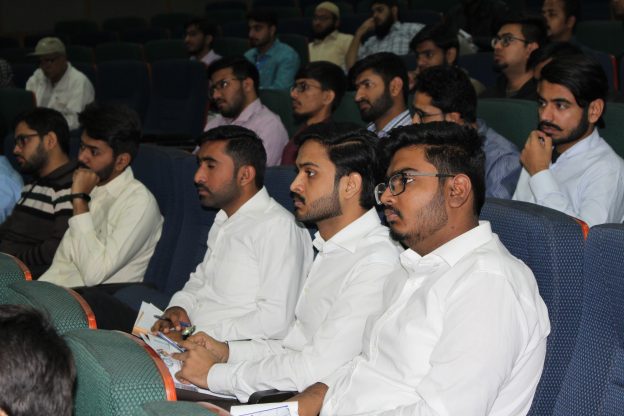
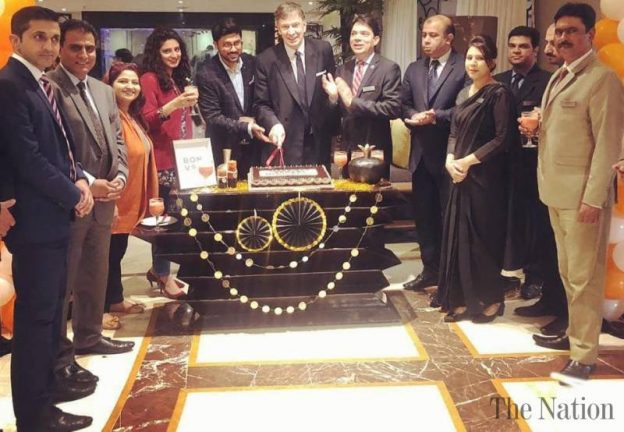

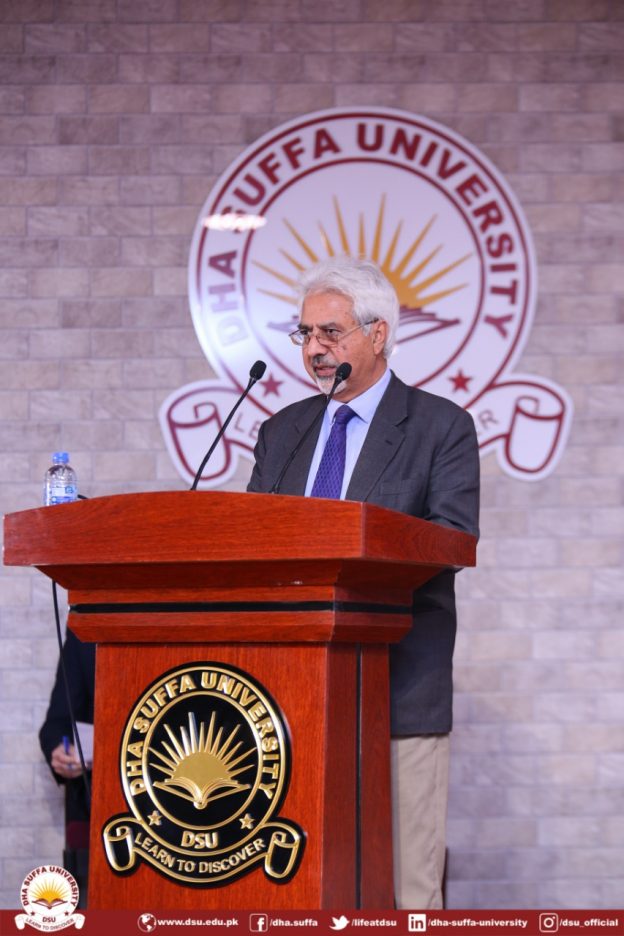


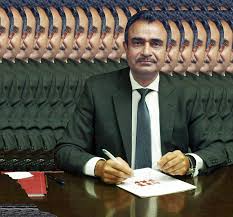
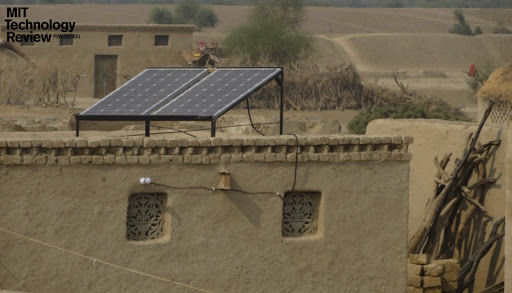






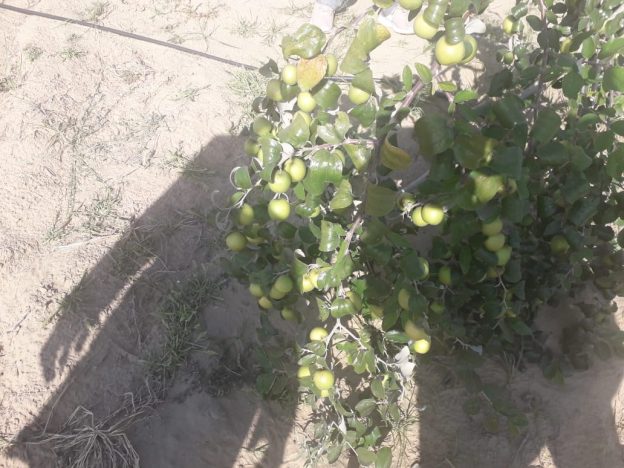
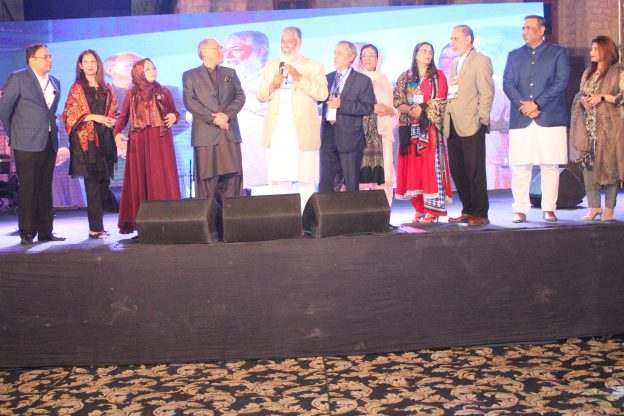
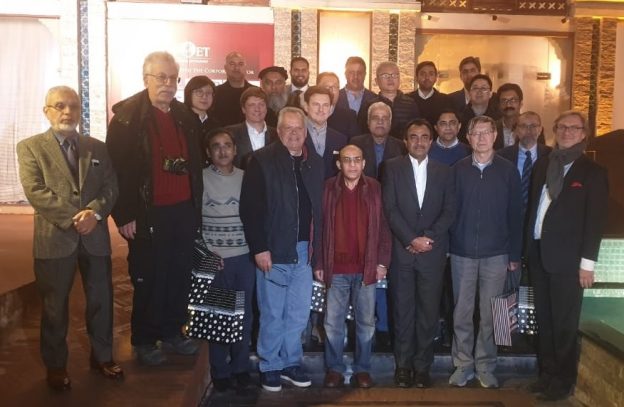
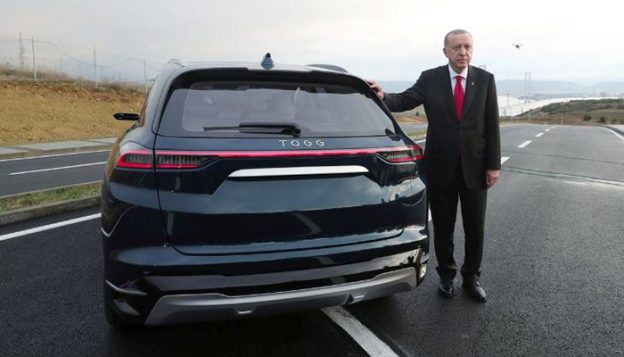
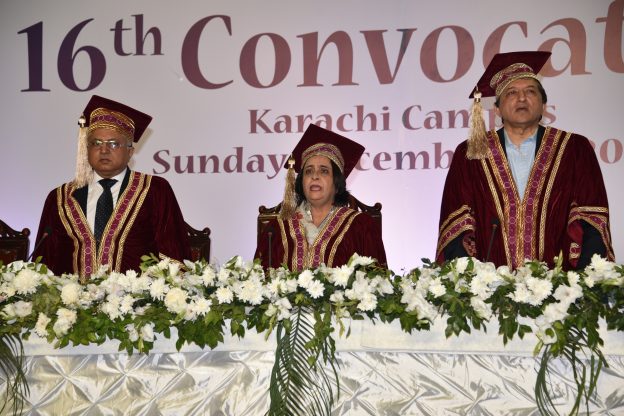
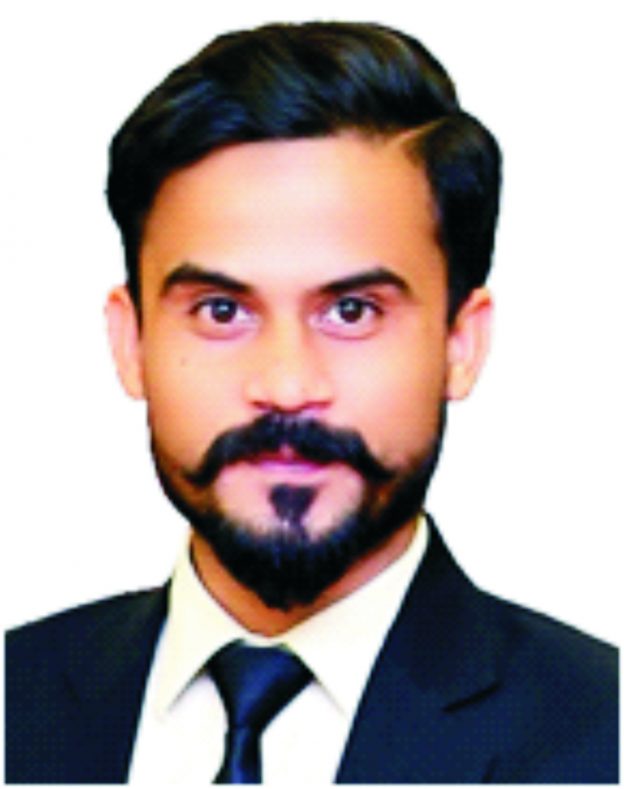
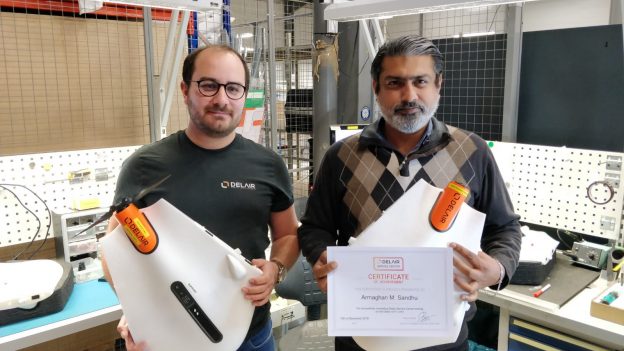

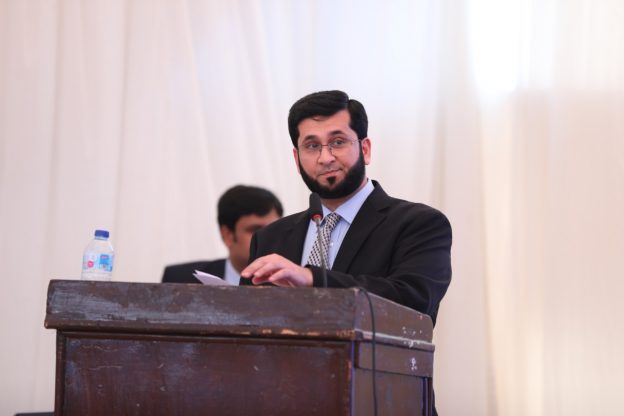
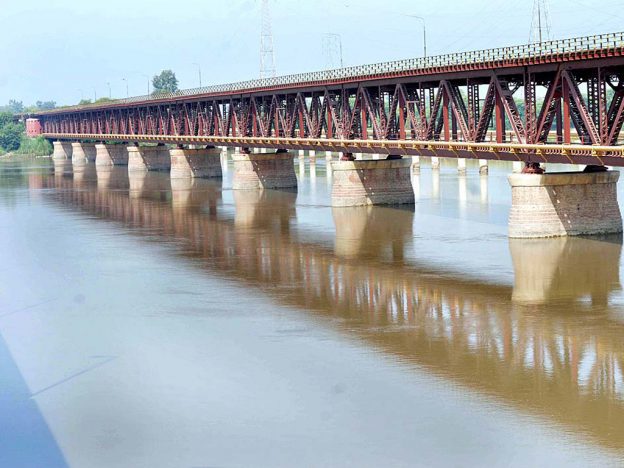

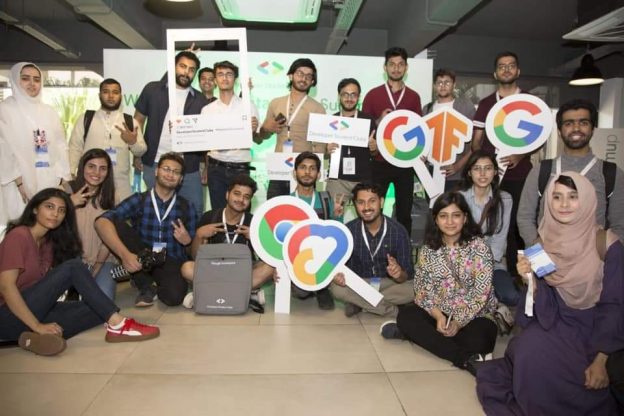
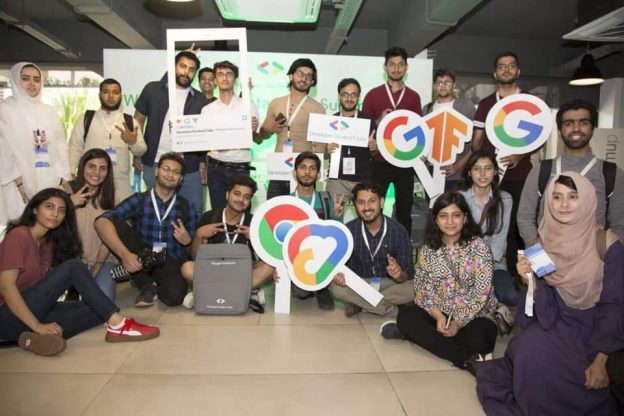


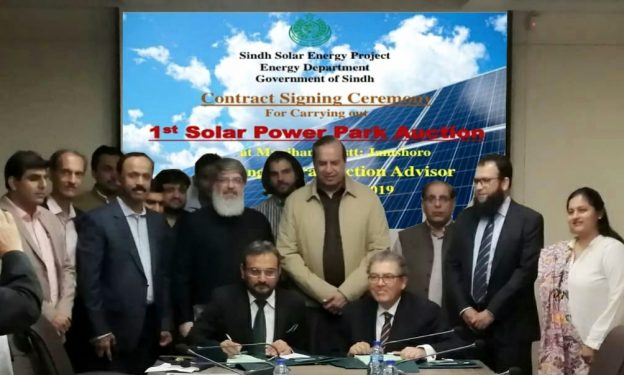
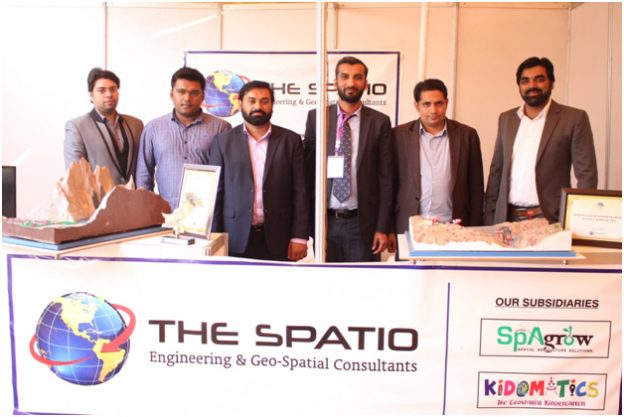
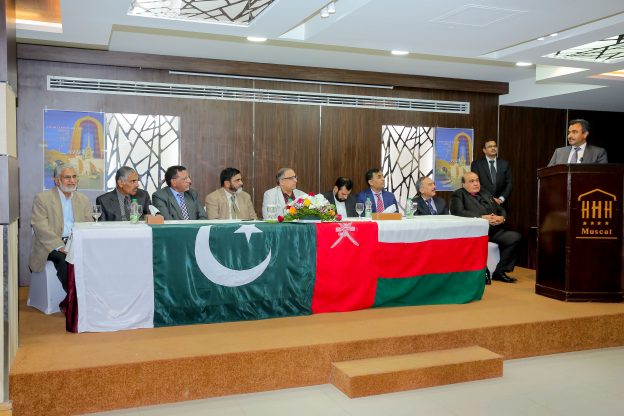


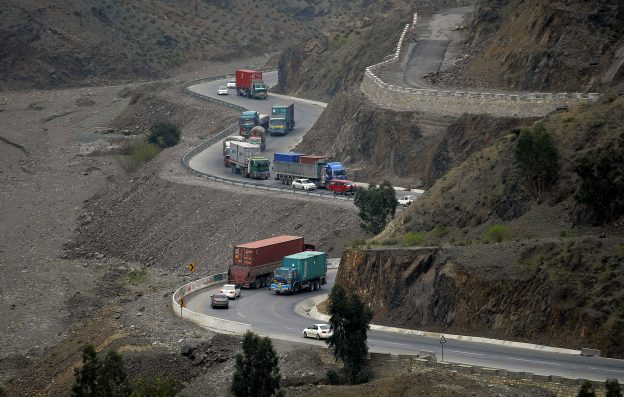



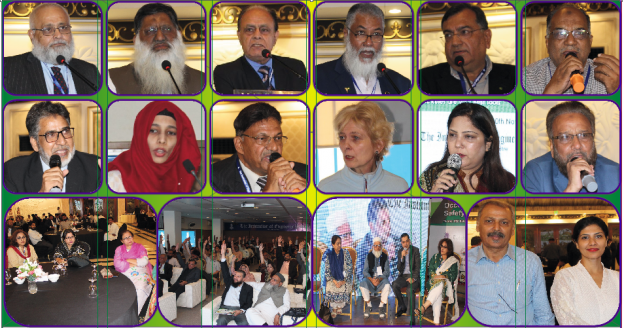
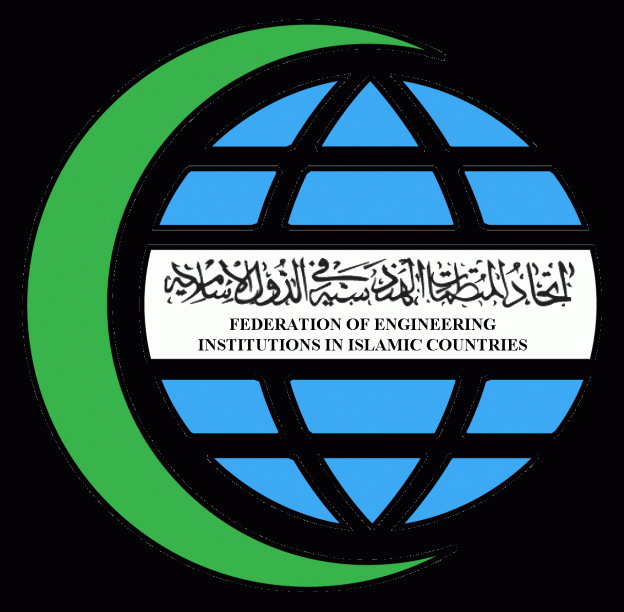
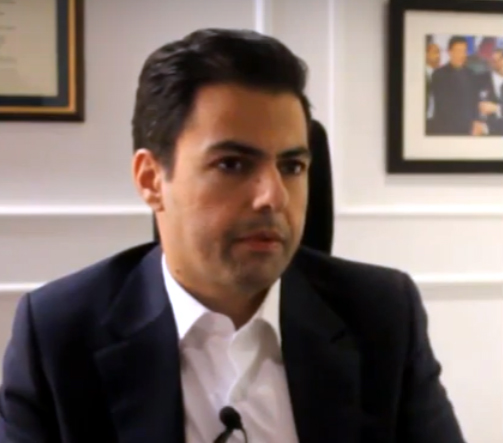
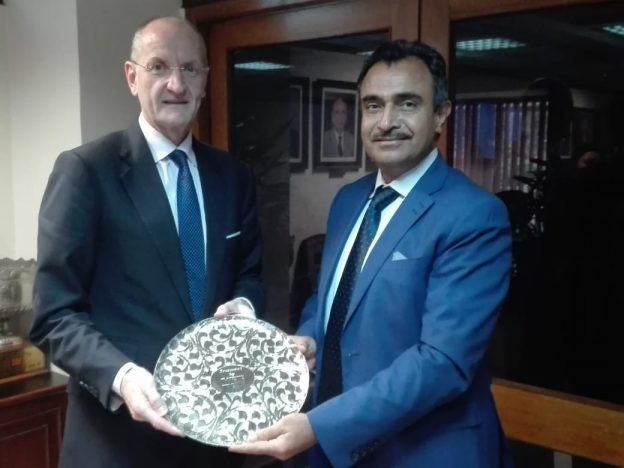
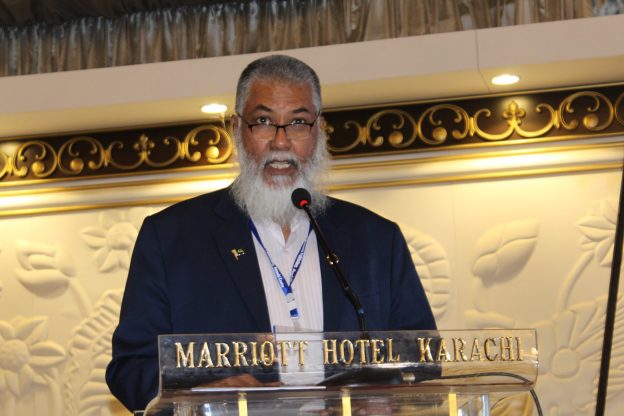

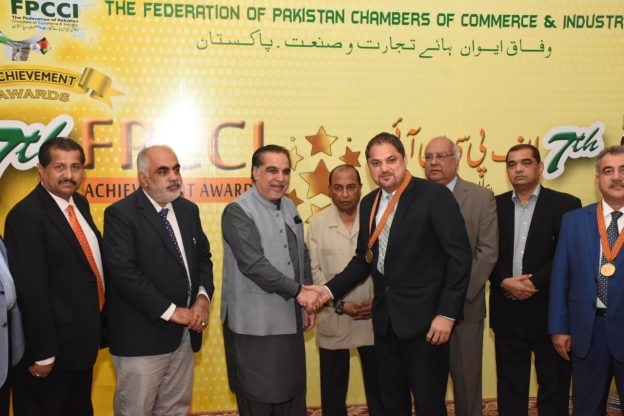


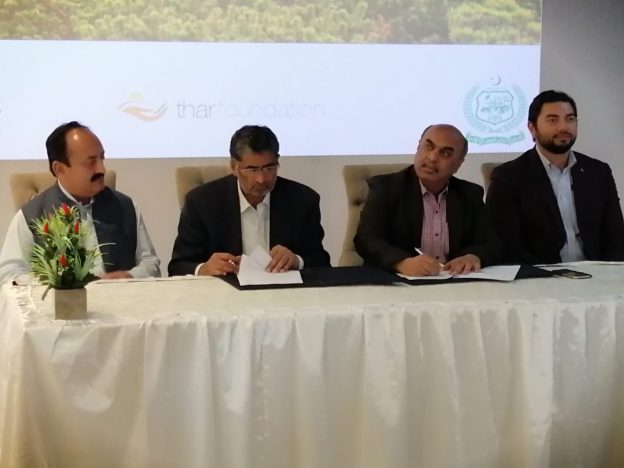

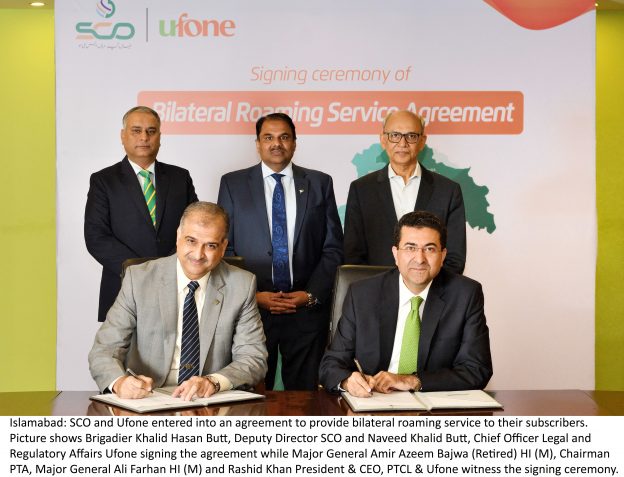


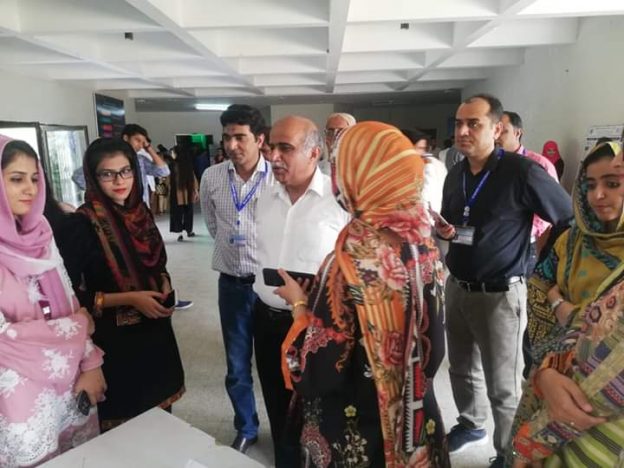
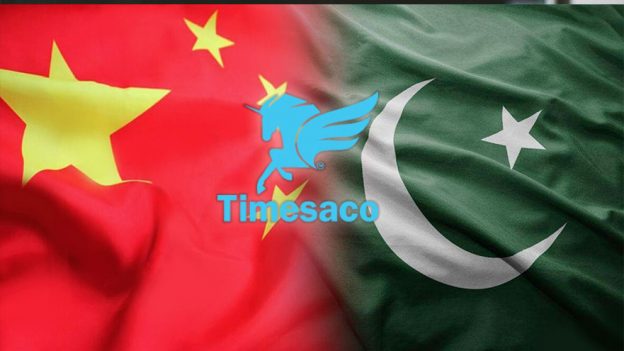
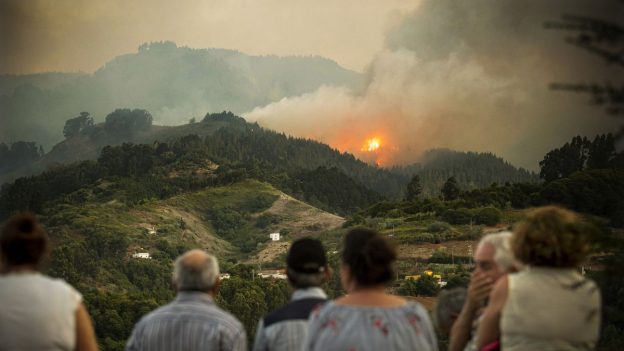

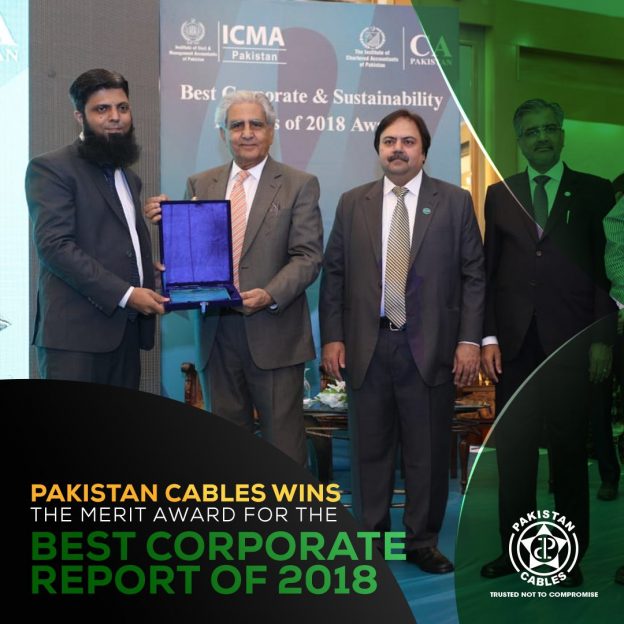
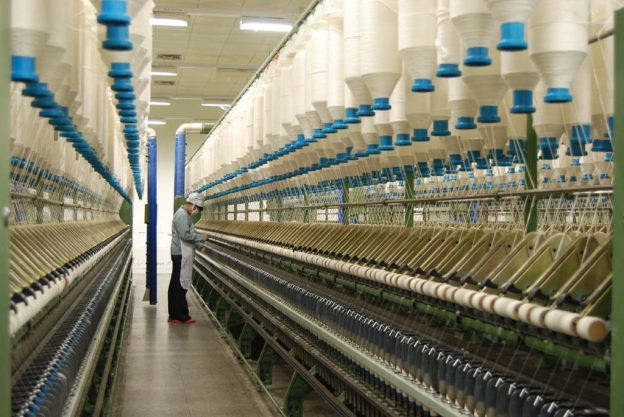



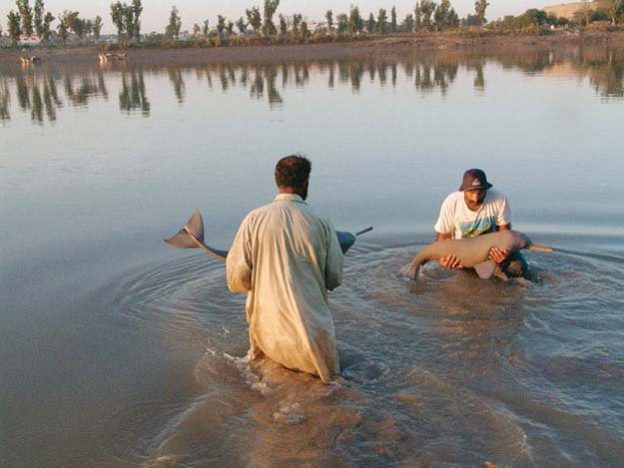

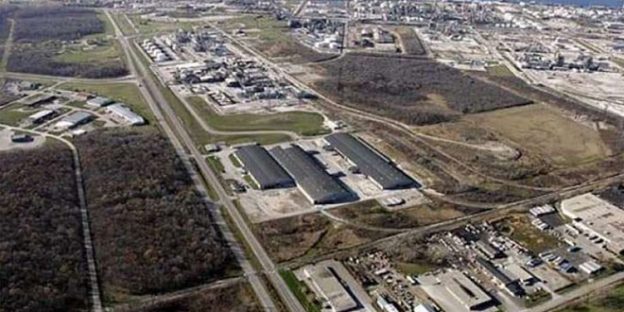
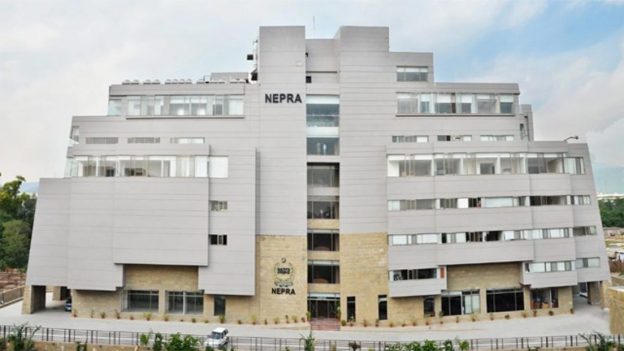

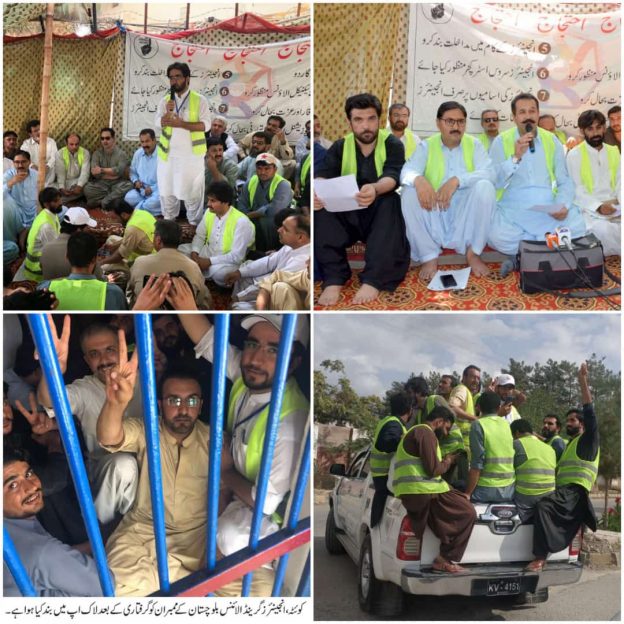
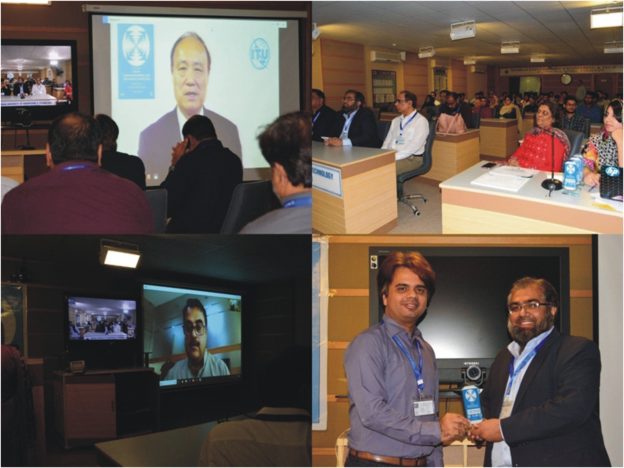

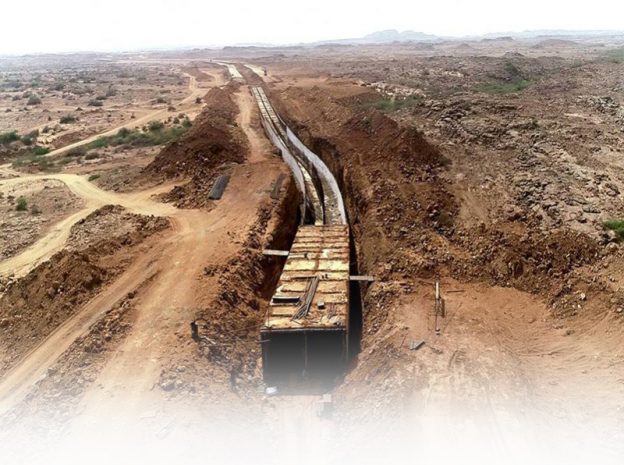

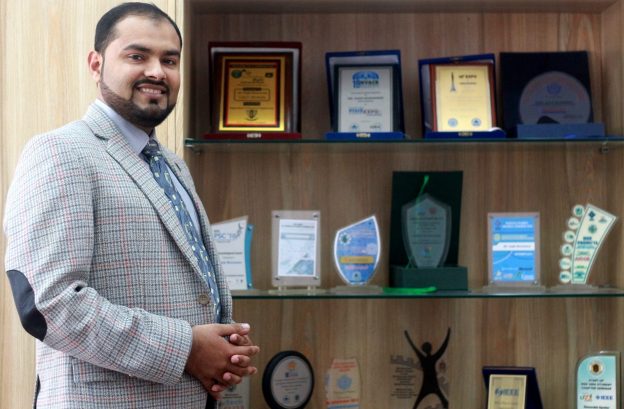
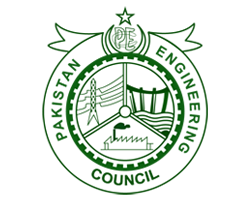
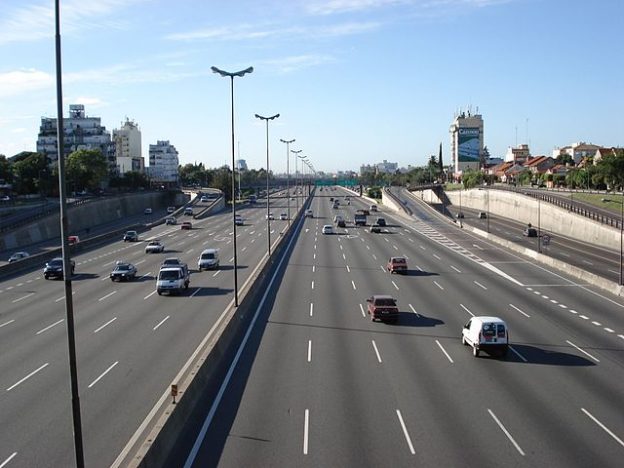


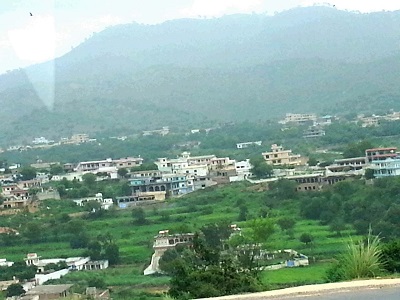
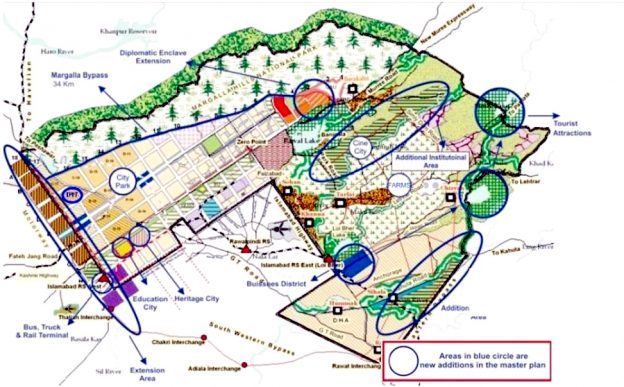
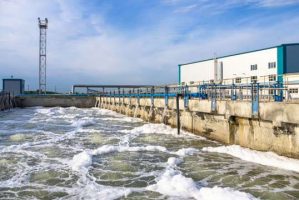
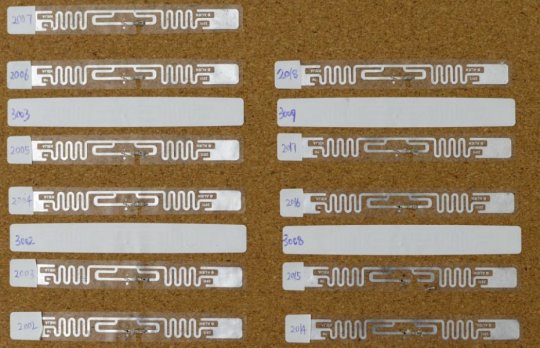
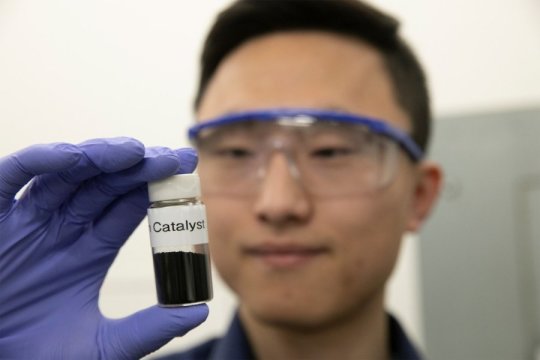


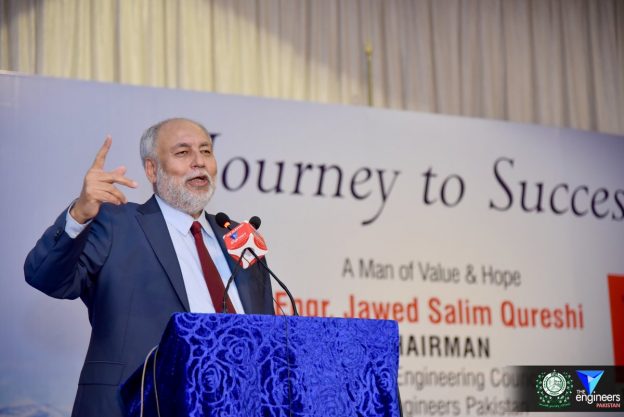

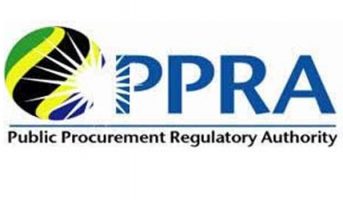


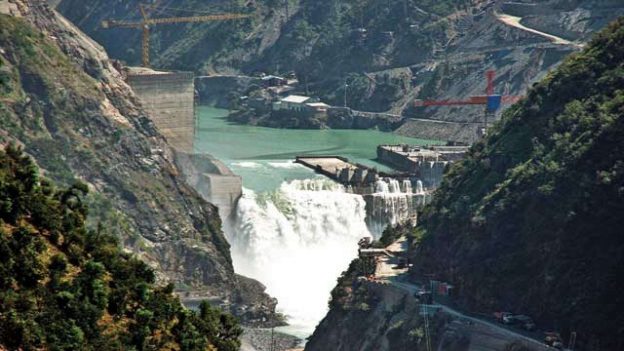
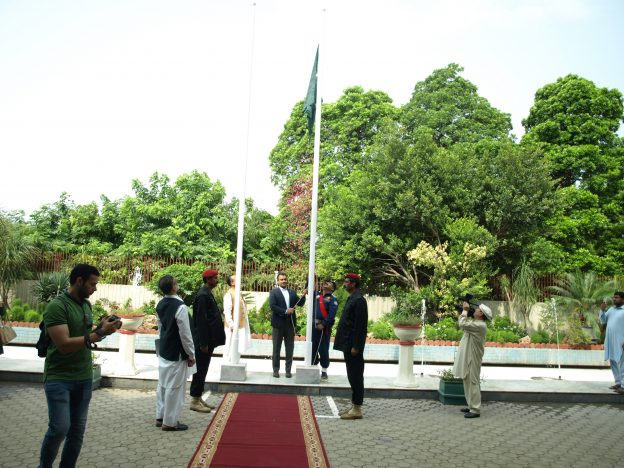
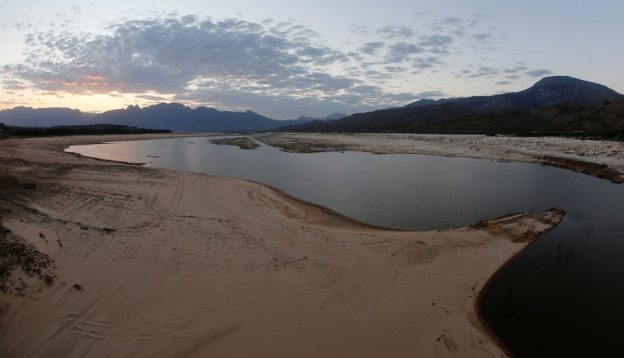
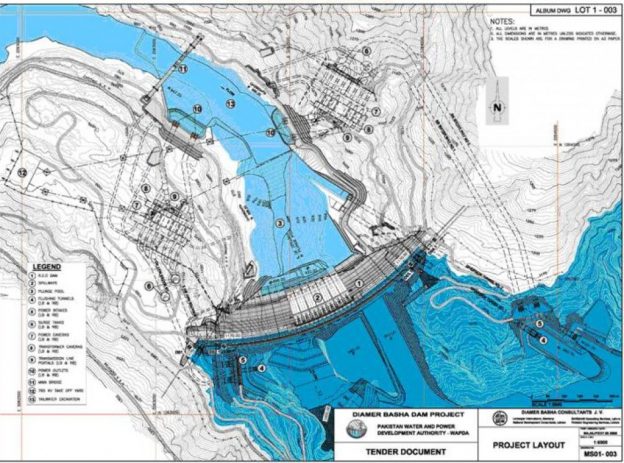




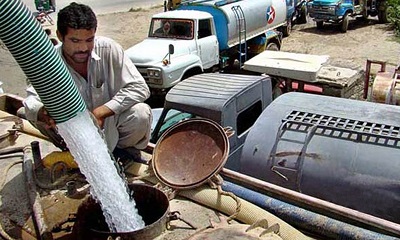

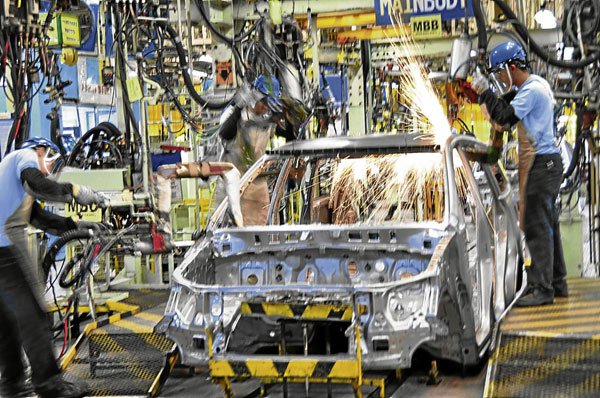

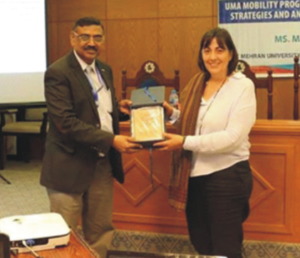
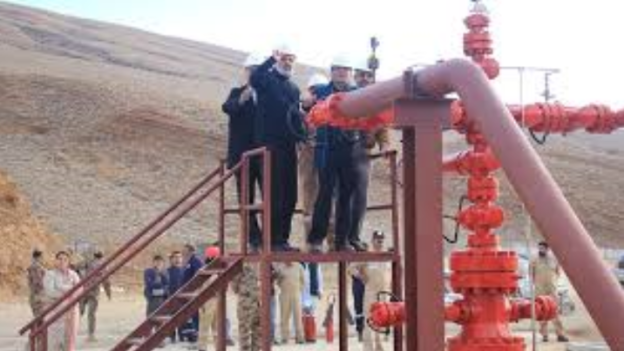
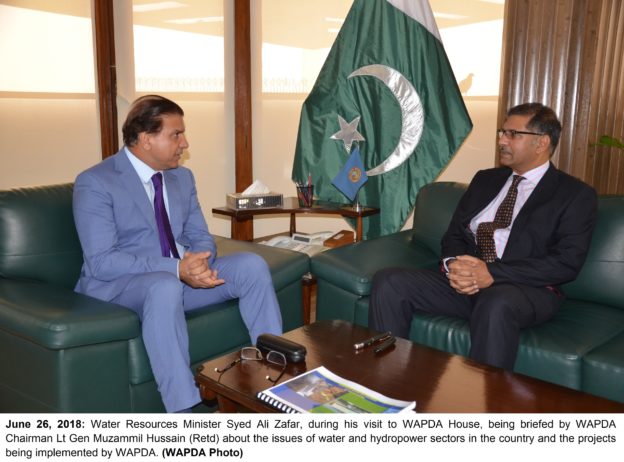
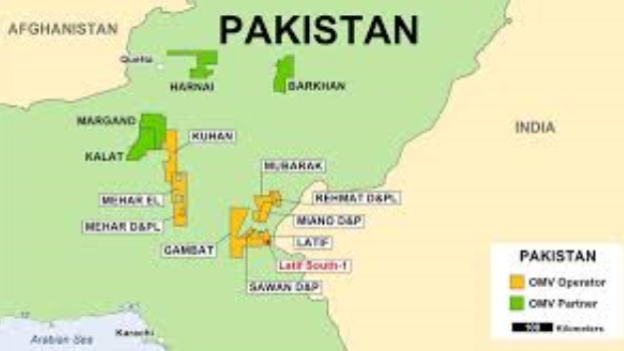
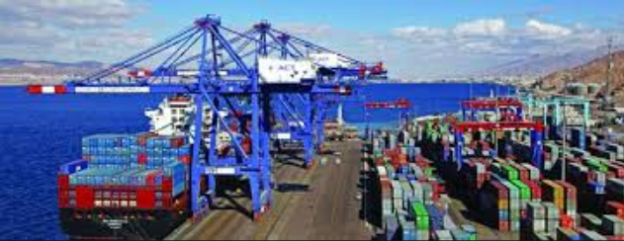
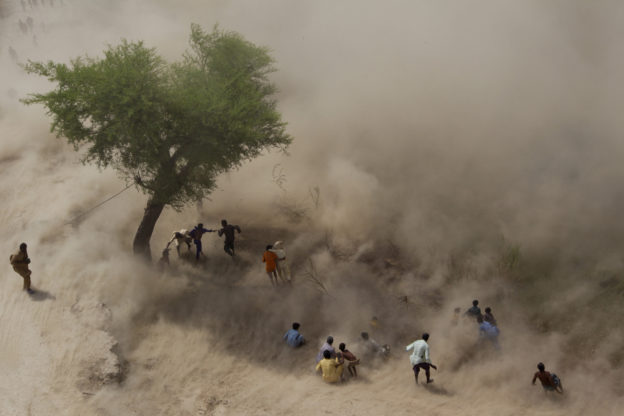
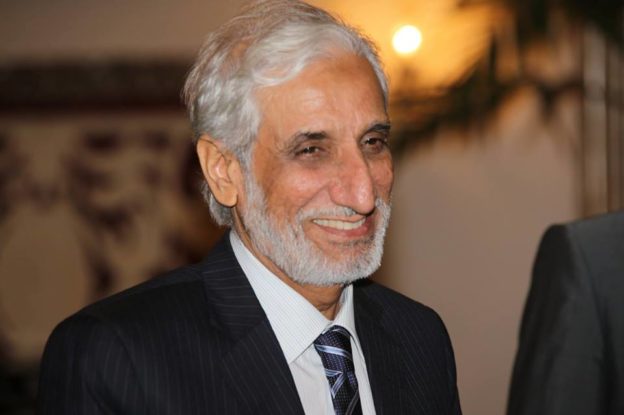
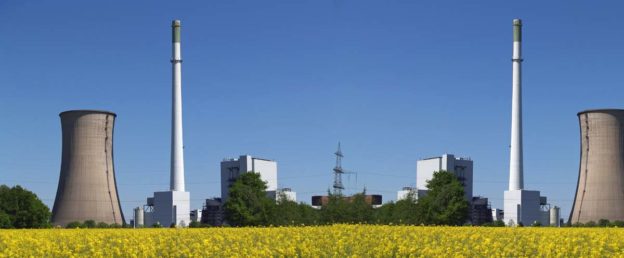
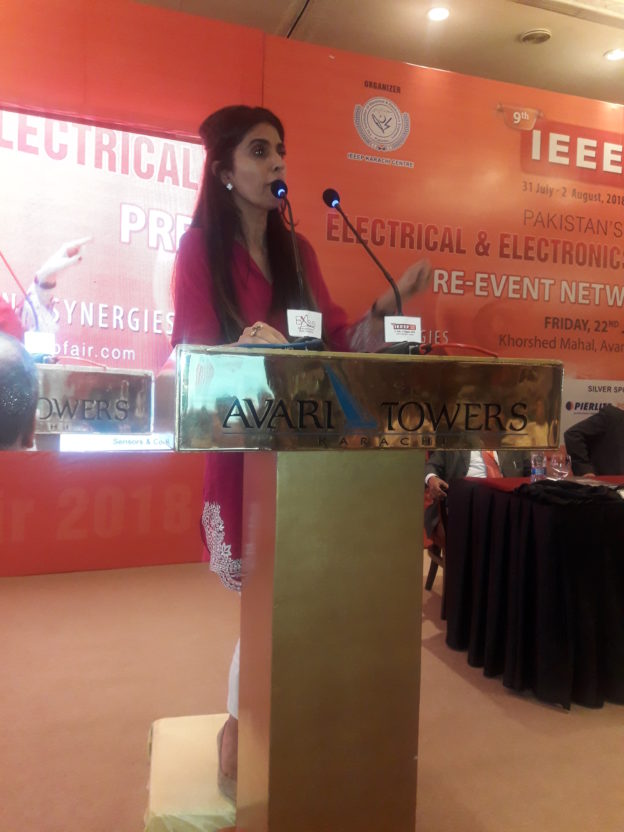
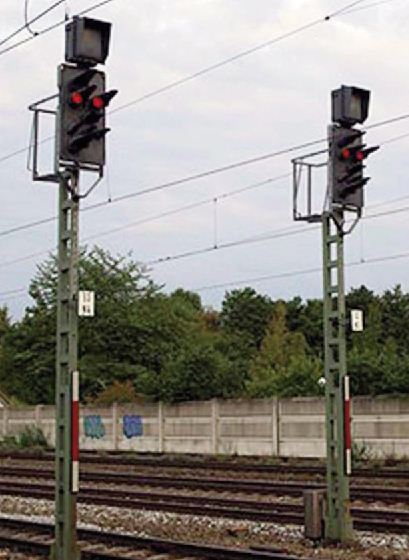
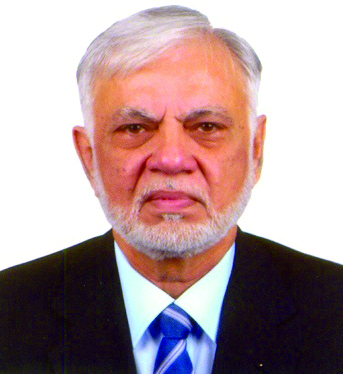
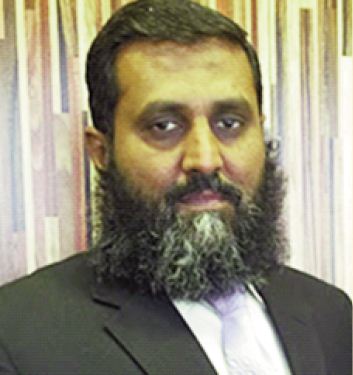

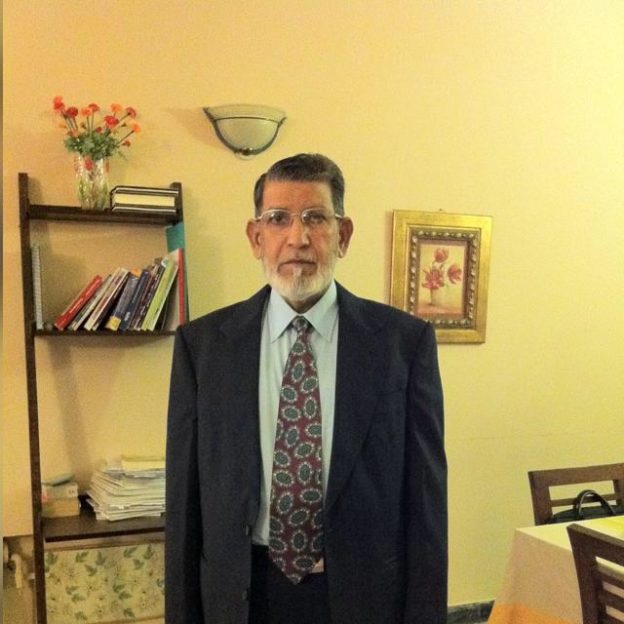

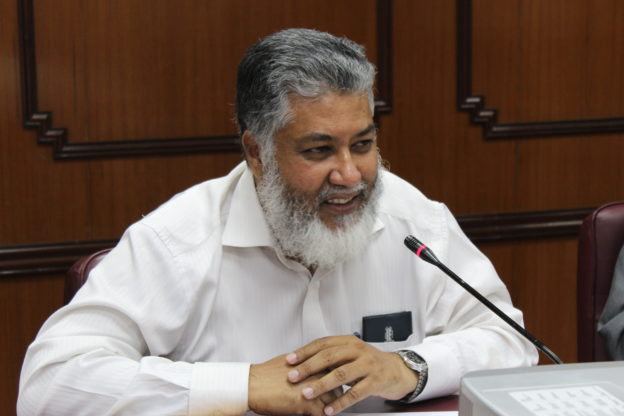

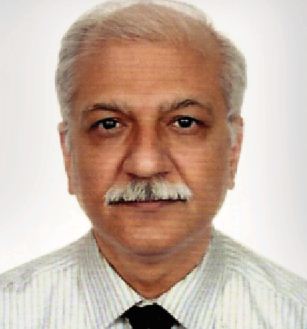

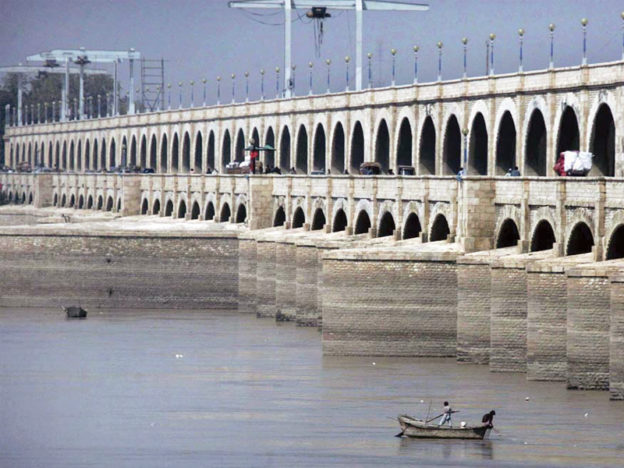
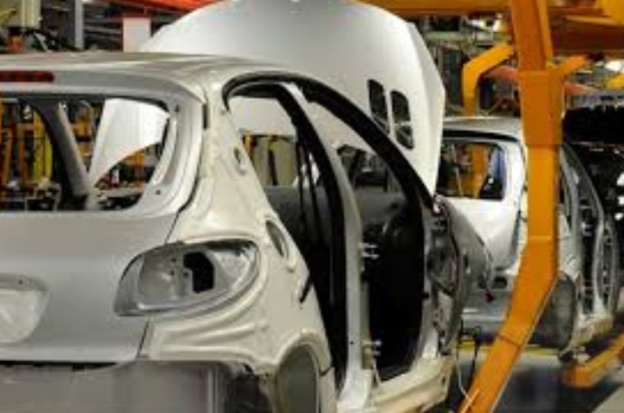
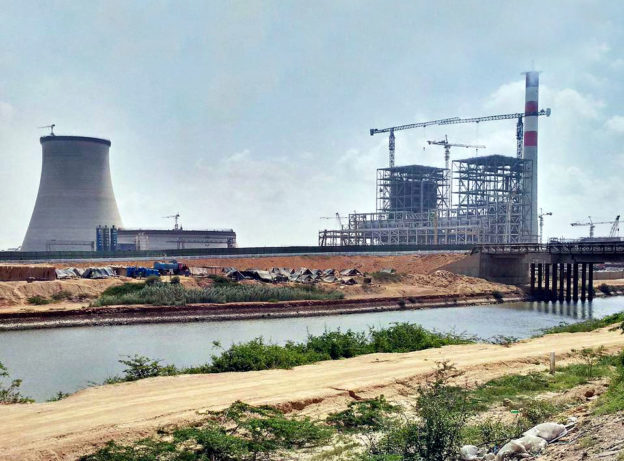

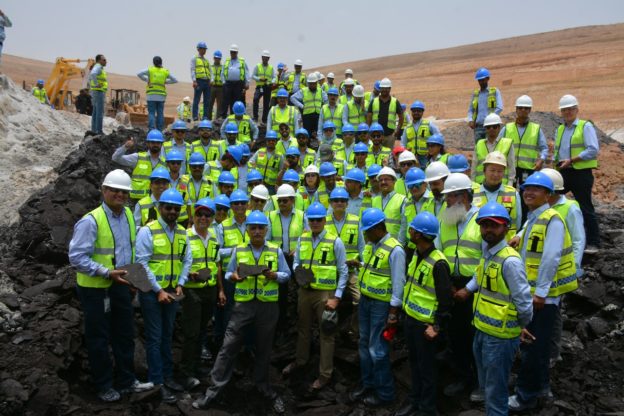
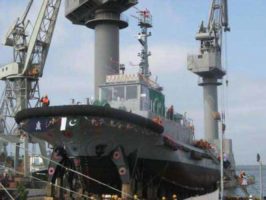
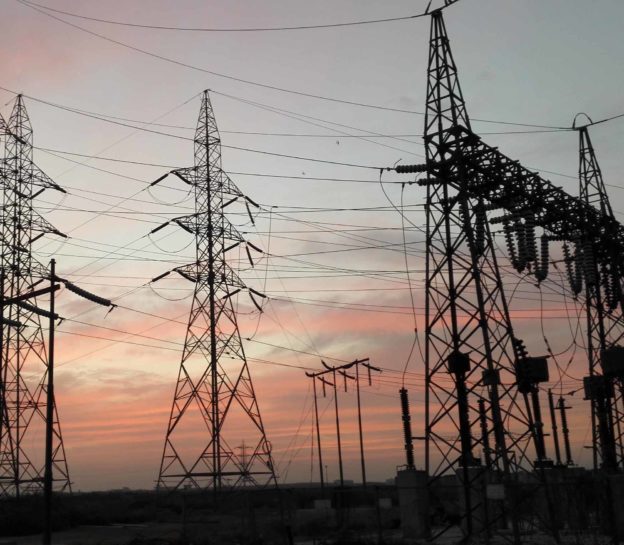
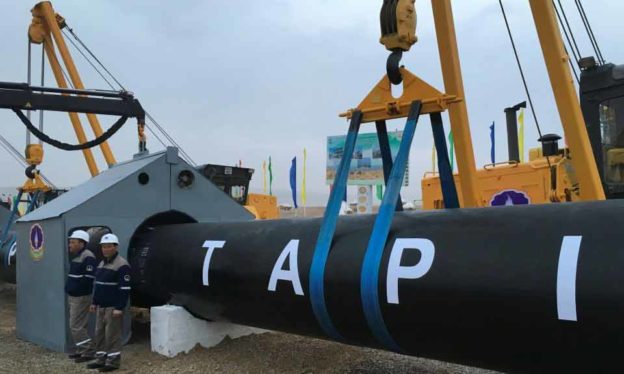
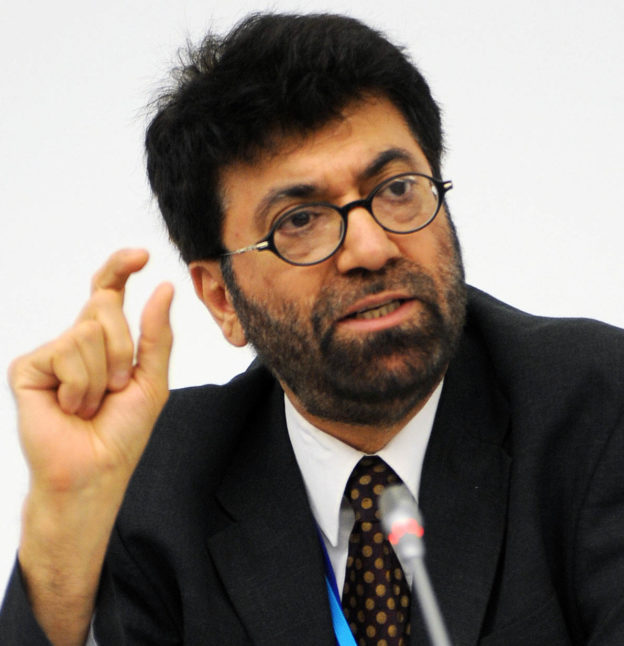
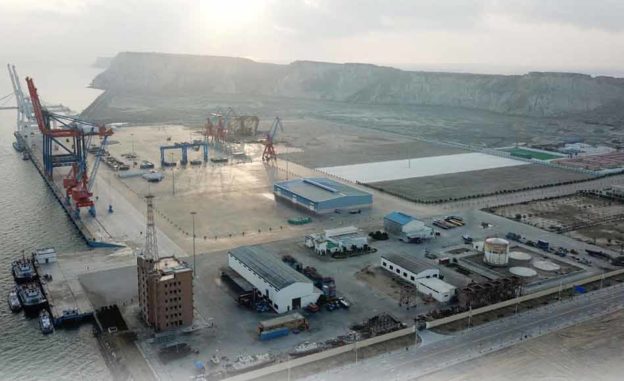




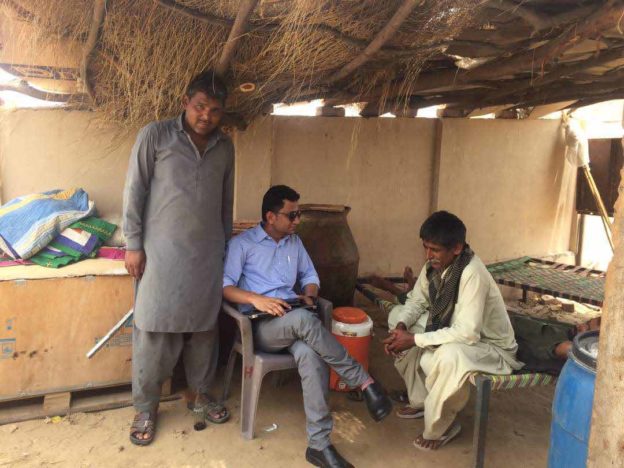
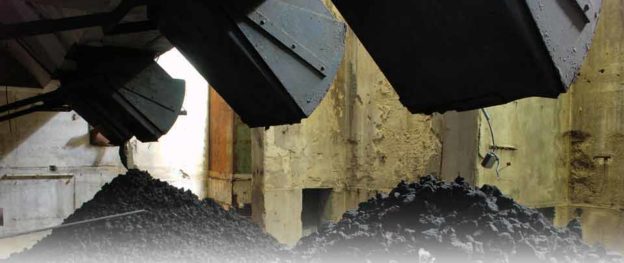
 ologies for future generations`, has helped engineers in developing the professionalism of ICT by considering quality standards, best practice, training & development for faculty and students.
ologies for future generations`, has helped engineers in developing the professionalism of ICT by considering quality standards, best practice, training & development for faculty and students.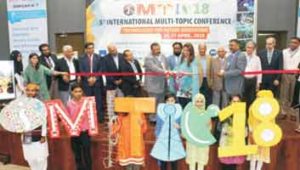

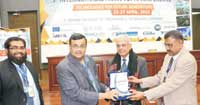

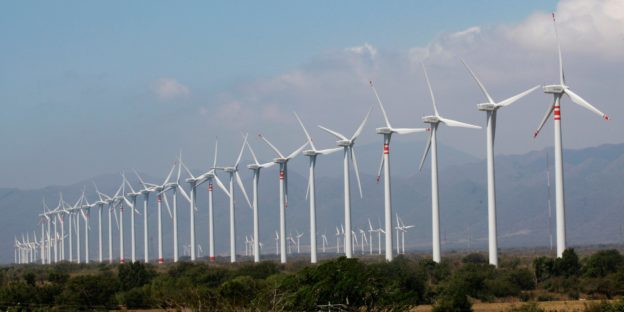
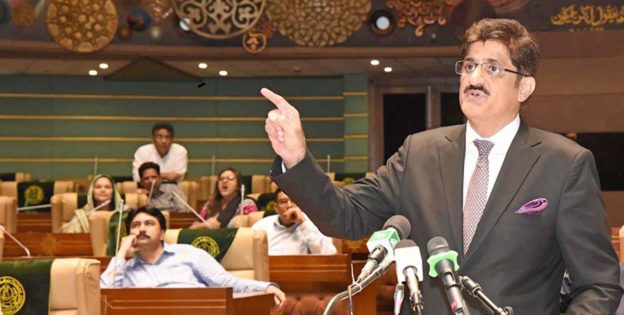





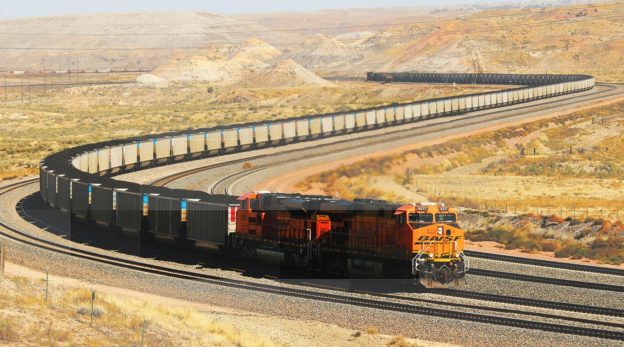
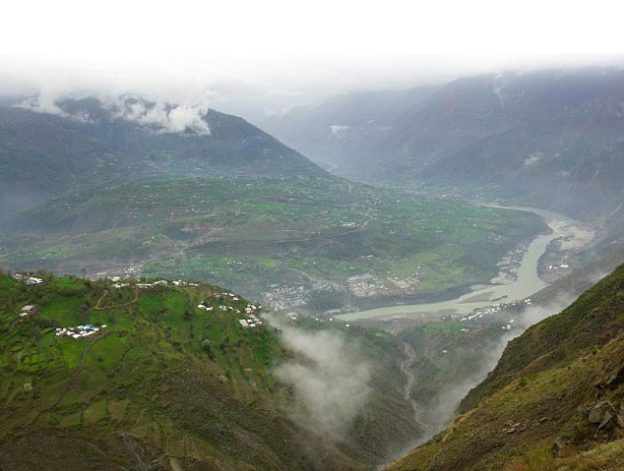




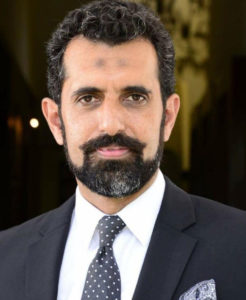
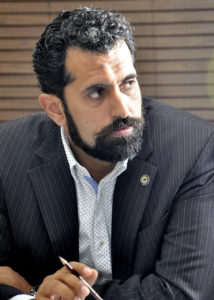
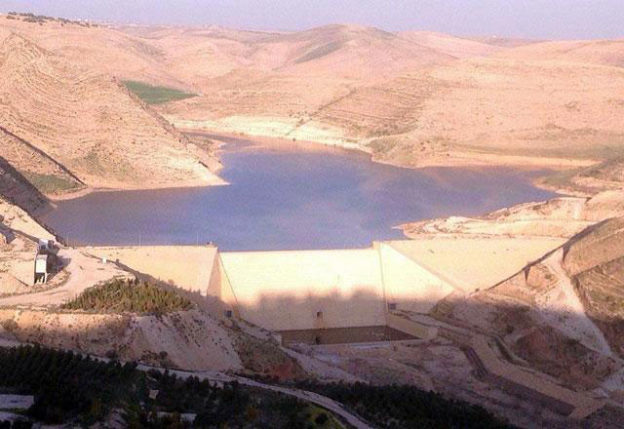
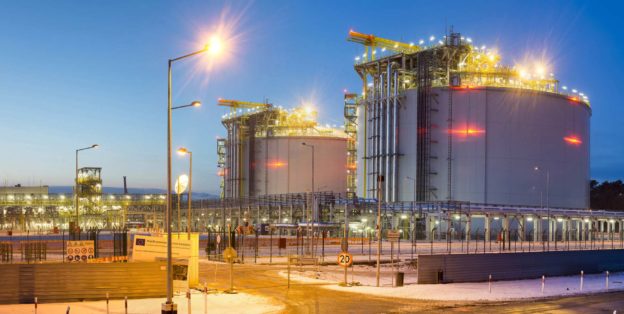
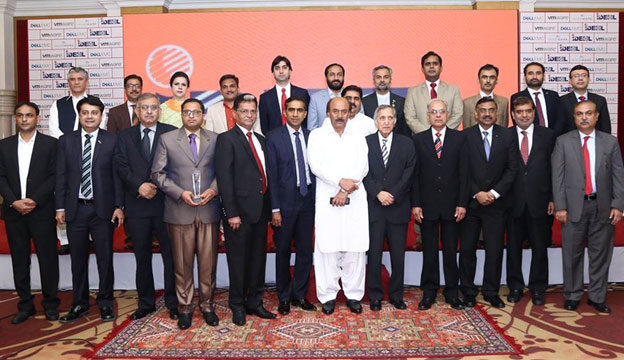
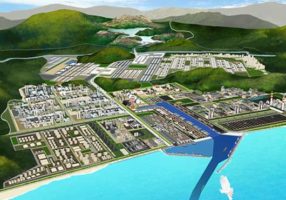
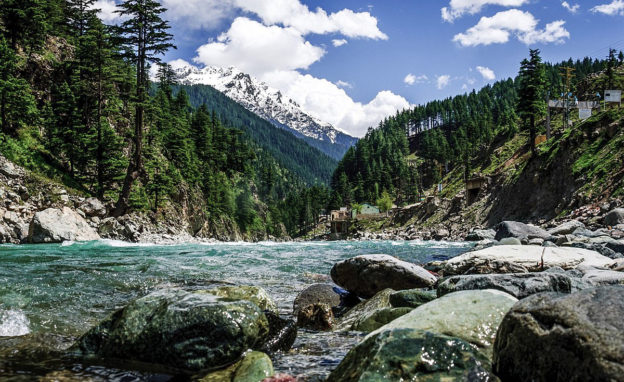

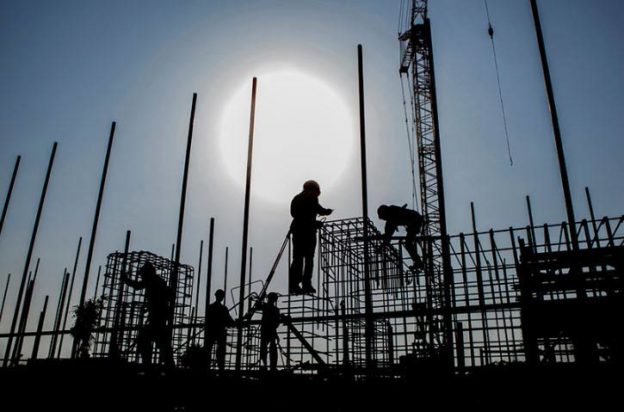
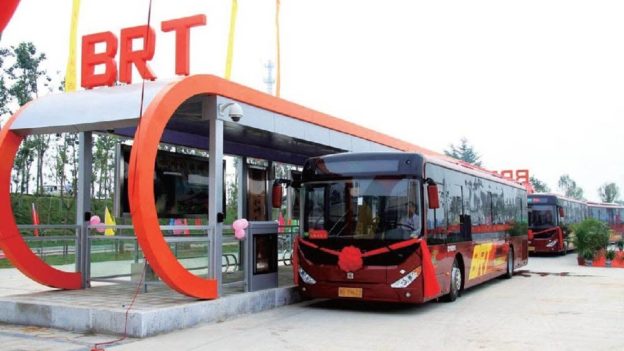

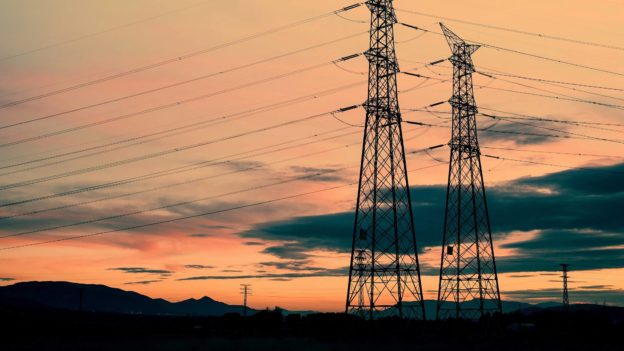


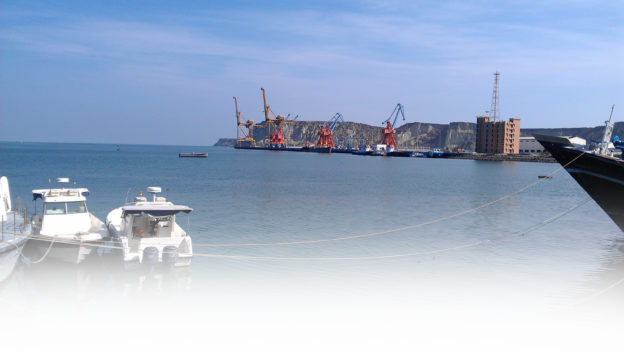
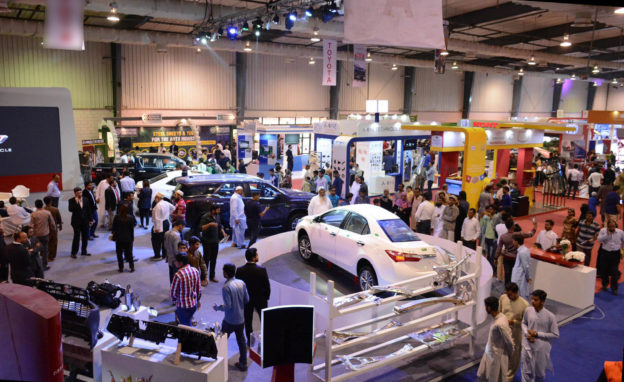



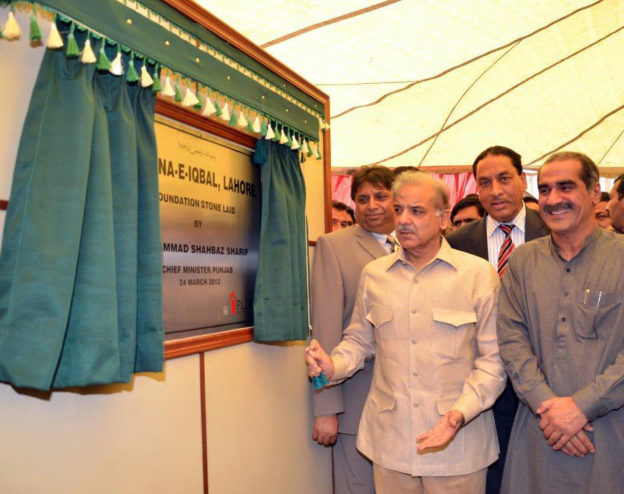

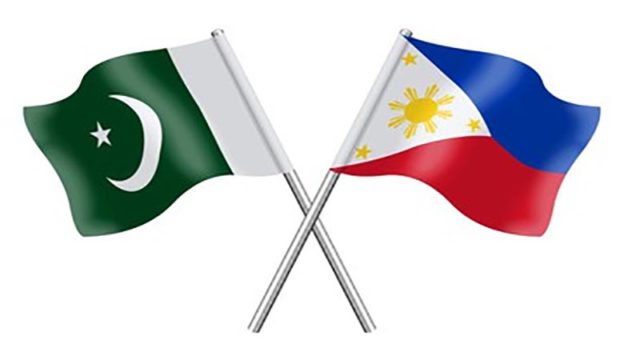
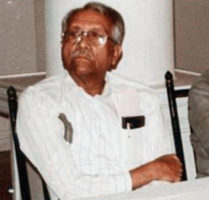

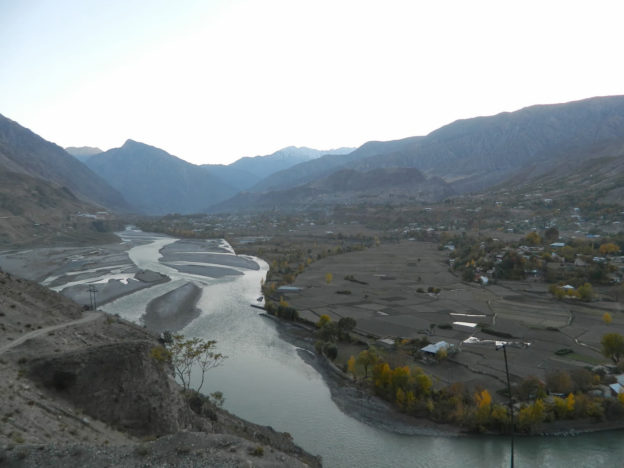

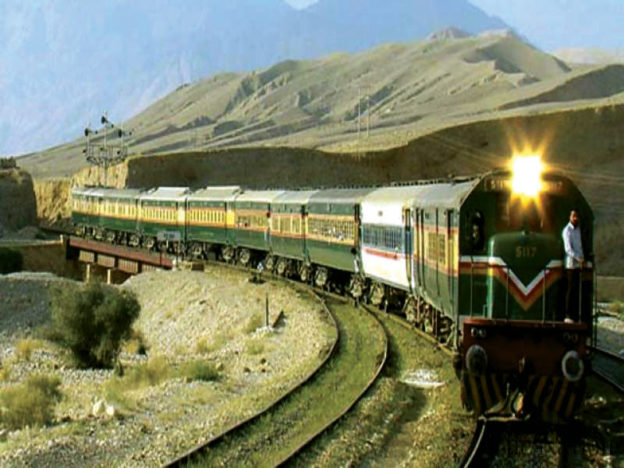
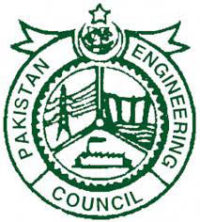

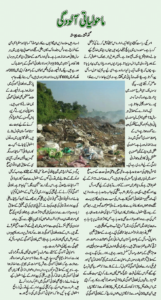

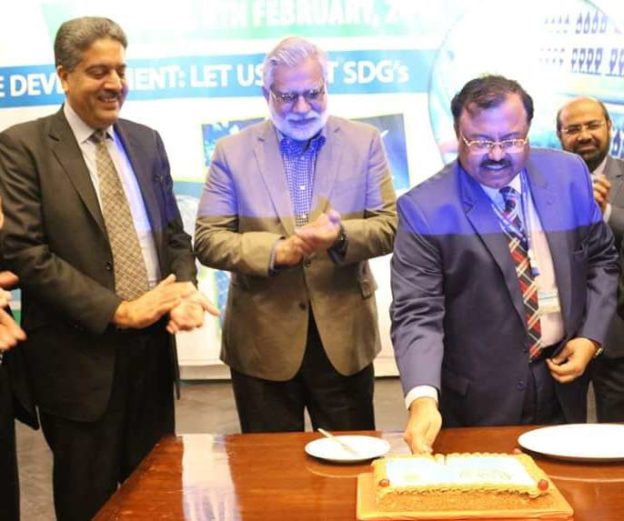

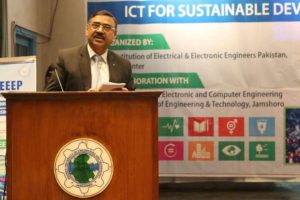
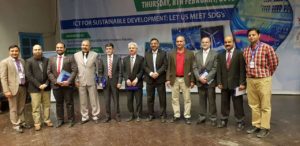
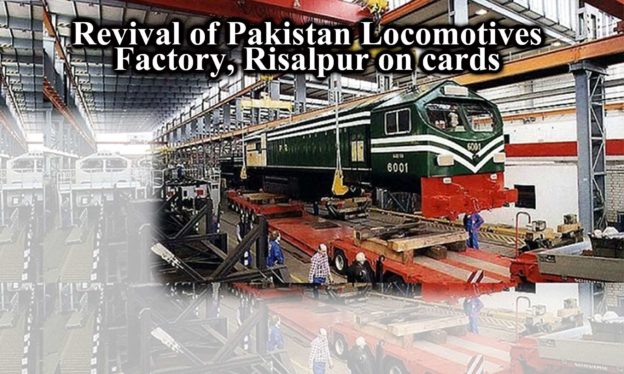
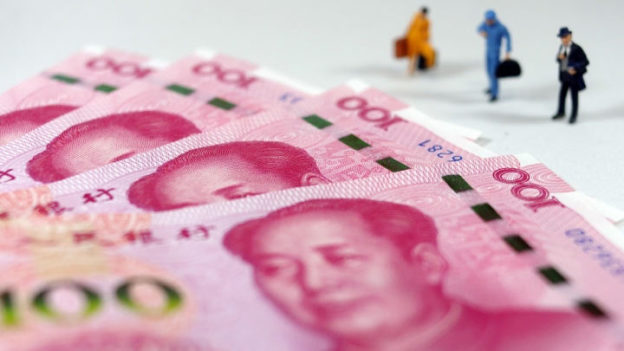


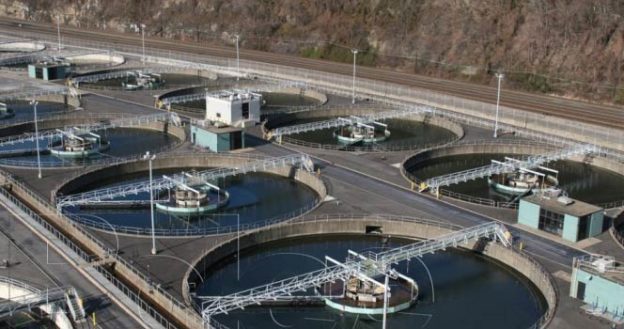



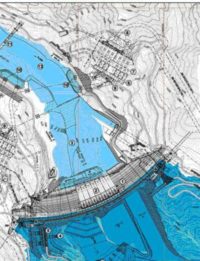
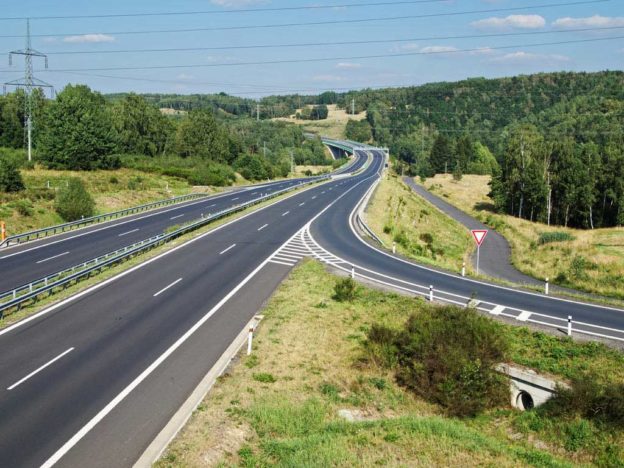
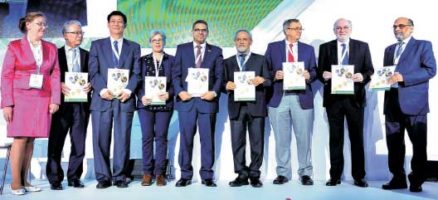
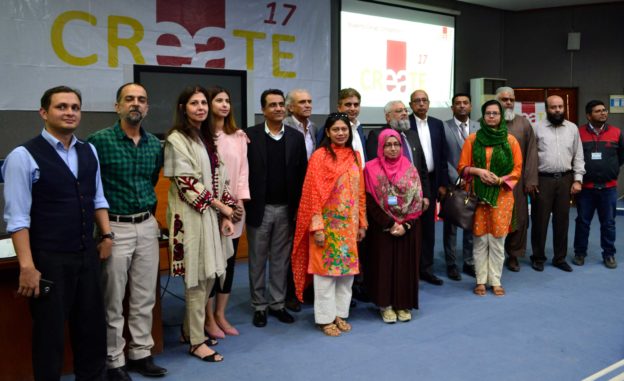
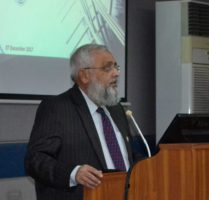
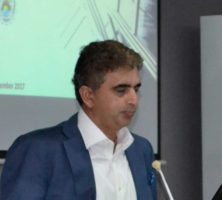





 up to international level. They require manufacturing expertise. I hope to provide help in gaining this expertise and also to help them understand better how tablet manufacturing is done successfully because it is not easy. It is frequently misunderstood, done incorrectly and there is a lot of misunderstanding. That is one reason why I am here.
up to international level. They require manufacturing expertise. I hope to provide help in gaining this expertise and also to help them understand better how tablet manufacturing is done successfully because it is not easy. It is frequently misunderstood, done incorrectly and there is a lot of misunderstanding. That is one reason why I am here.


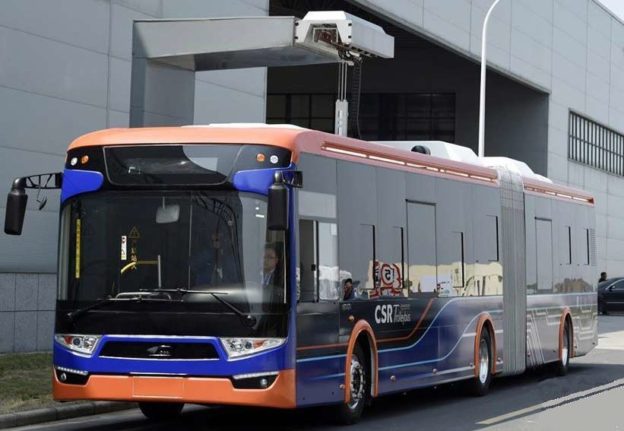


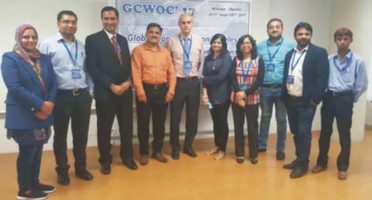
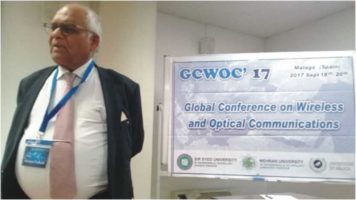
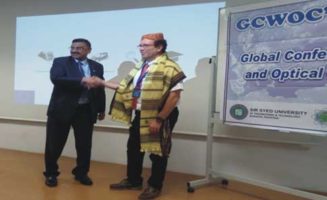



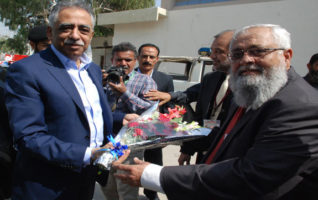
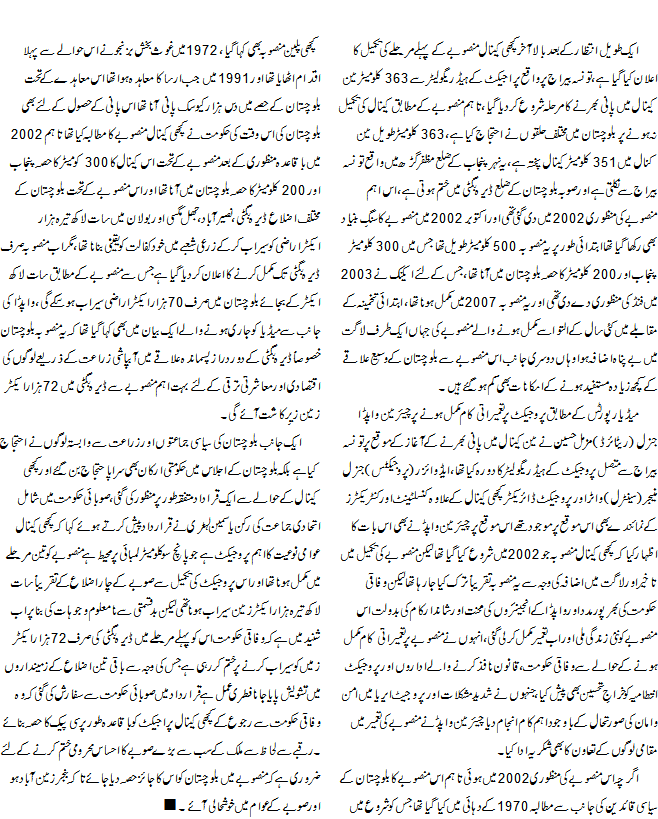
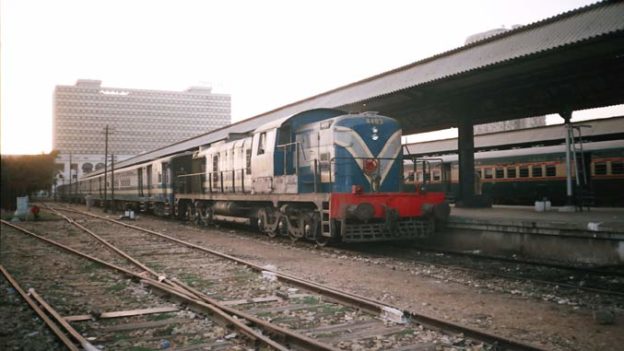
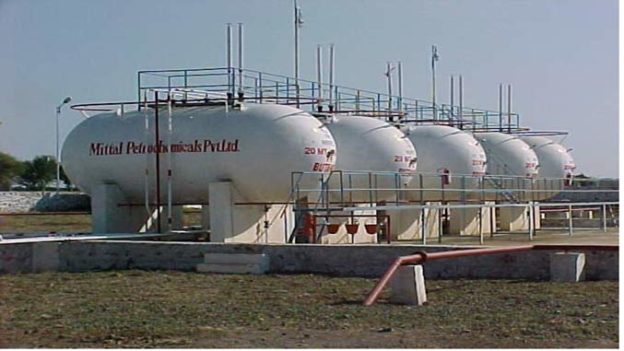
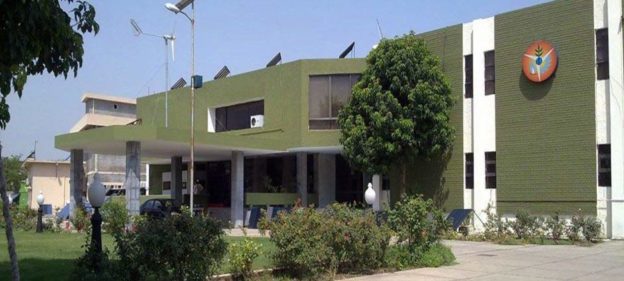
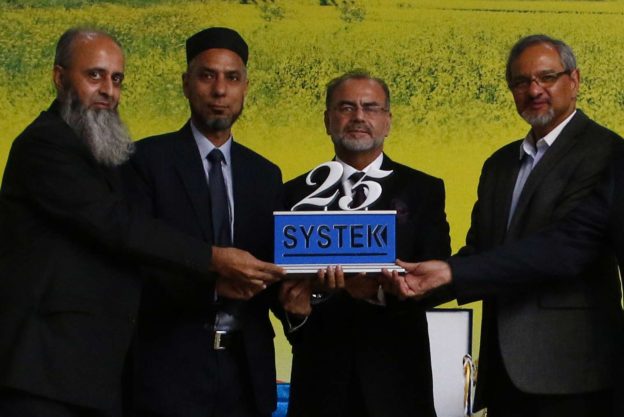

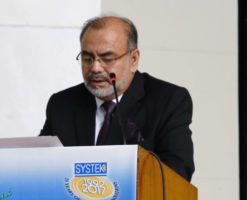
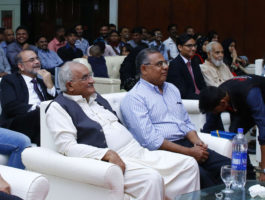
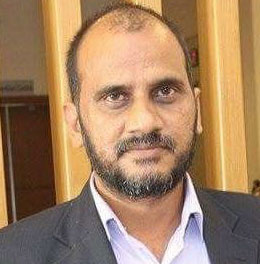
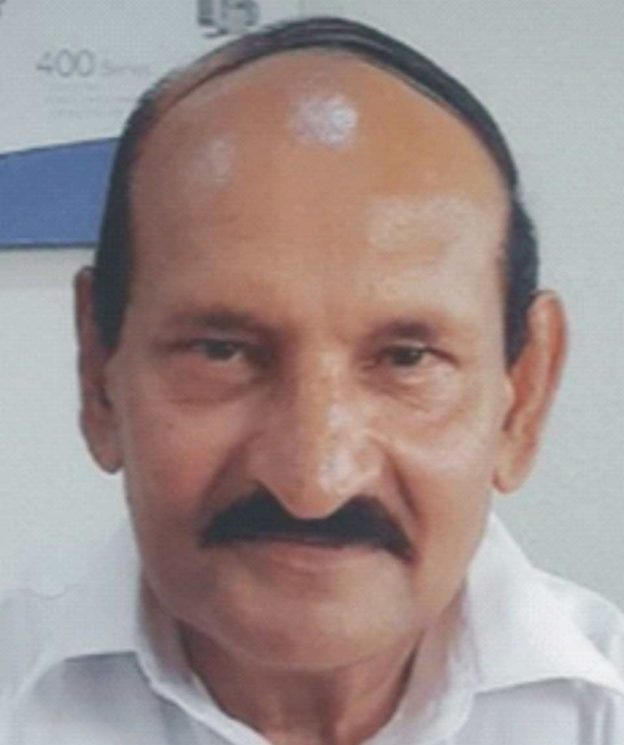



 struction of runways. Due to delays, the government decided to change the contractor—the decision which pushed Ms. Reliance to approach the court. The work on the airport was stayed till 2016 and eventually resumed with the new contractor Umer Jan & Company after which the court allowed the project to proceed. Engineer Bux Ali Abro said the airstrip of the airport, constructed by the contractor is 7000 meters long and 300 meters wide with taxiway and apron. It has an overrun of 975 meters. The work on the terminal is in progress on an area of 456 square meters. At least 9 units are complete which include parking area, guest houses, a shed, officers’ accommodation and a mosque etc. All land for future planning has also been acquired. Sharing their experiences Engr. Khalid Mirza and Engr. Bux Ali Abro said it was a new topography for the airport as it is in the midst of sand dunes. Thar has a collapsible soil where the sand dunes move and the sand caves in. Thus, a specific technique used on such soils has been adopted. The ECIL has also worked on other airports including one in Rahim Yar Khan which was constructed by Shaikh Zaid. The Civil Aviation Authority (CAA) will run the airport. The Sindh Coal Authority (SCA) has signed a Memorandum of Understanding with the CAA for the monitoring of the project too. Pakistan Air Force (PAF) is also likely to use this airport.
struction of runways. Due to delays, the government decided to change the contractor—the decision which pushed Ms. Reliance to approach the court. The work on the airport was stayed till 2016 and eventually resumed with the new contractor Umer Jan & Company after which the court allowed the project to proceed. Engineer Bux Ali Abro said the airstrip of the airport, constructed by the contractor is 7000 meters long and 300 meters wide with taxiway and apron. It has an overrun of 975 meters. The work on the terminal is in progress on an area of 456 square meters. At least 9 units are complete which include parking area, guest houses, a shed, officers’ accommodation and a mosque etc. All land for future planning has also been acquired. Sharing their experiences Engr. Khalid Mirza and Engr. Bux Ali Abro said it was a new topography for the airport as it is in the midst of sand dunes. Thar has a collapsible soil where the sand dunes move and the sand caves in. Thus, a specific technique used on such soils has been adopted. The ECIL has also worked on other airports including one in Rahim Yar Khan which was constructed by Shaikh Zaid. The Civil Aviation Authority (CAA) will run the airport. The Sindh Coal Authority (SCA) has signed a Memorandum of Understanding with the CAA for the monitoring of the project too. Pakistan Air Force (PAF) is also likely to use this airport.

 The industry has attracted domestic and foreign investors in a big way. However, cement industry also has some problems and threats which could affect it negatively. It has seen a big slump in its major export destinations like Afghanistan. Reality checks show cement
The industry has attracted domestic and foreign investors in a big way. However, cement industry also has some problems and threats which could affect it negatively. It has seen a big slump in its major export destinations like Afghanistan. Reality checks show cement 

